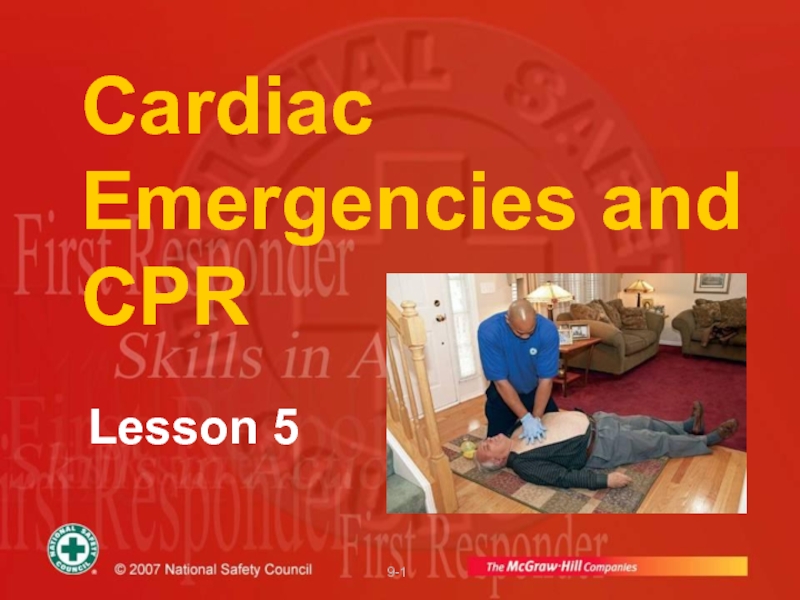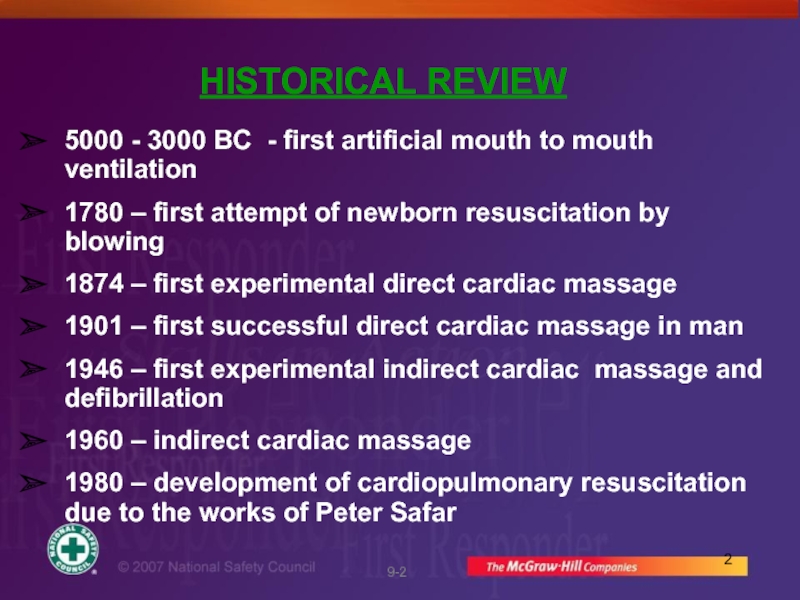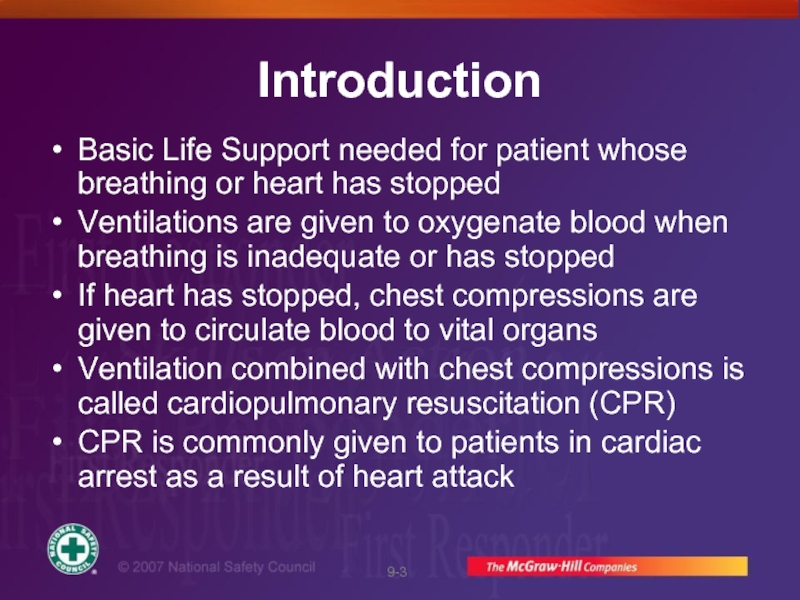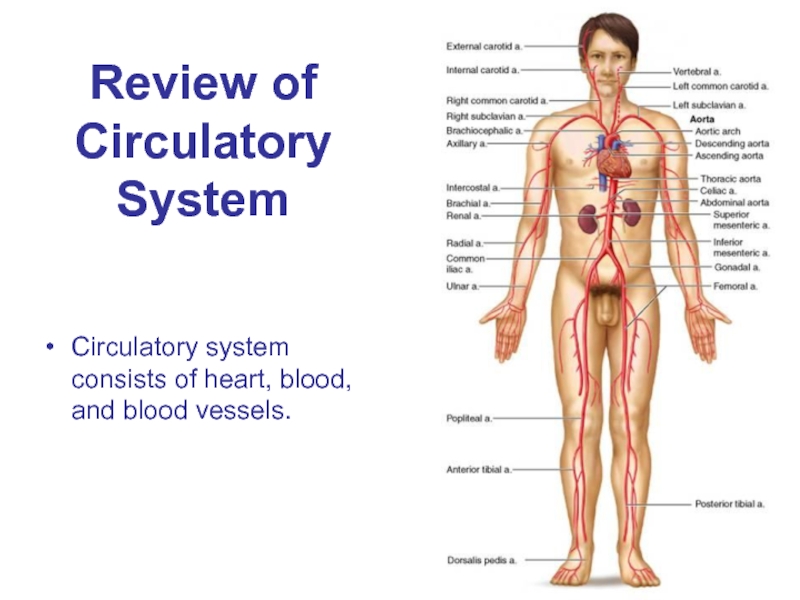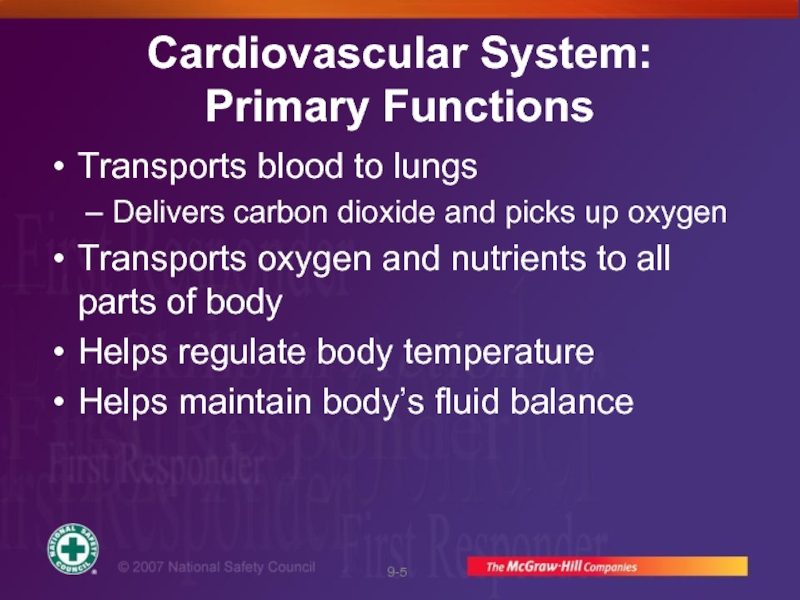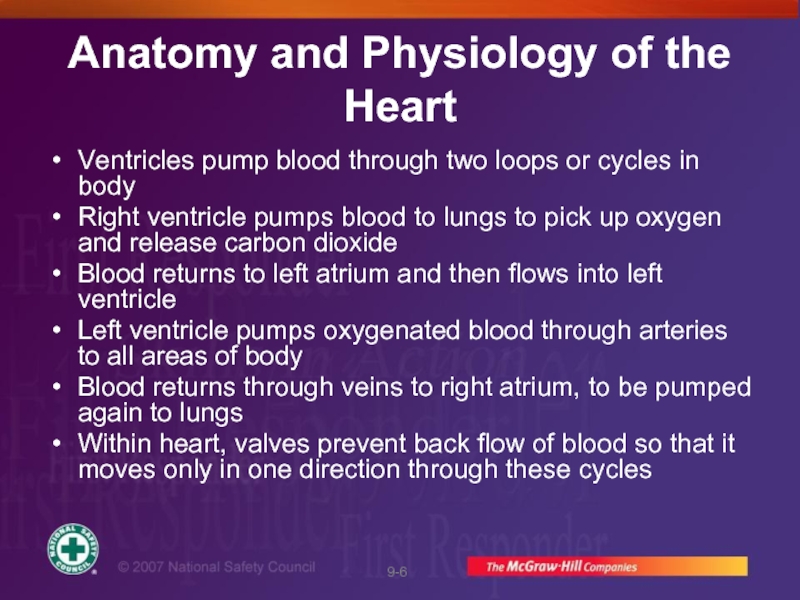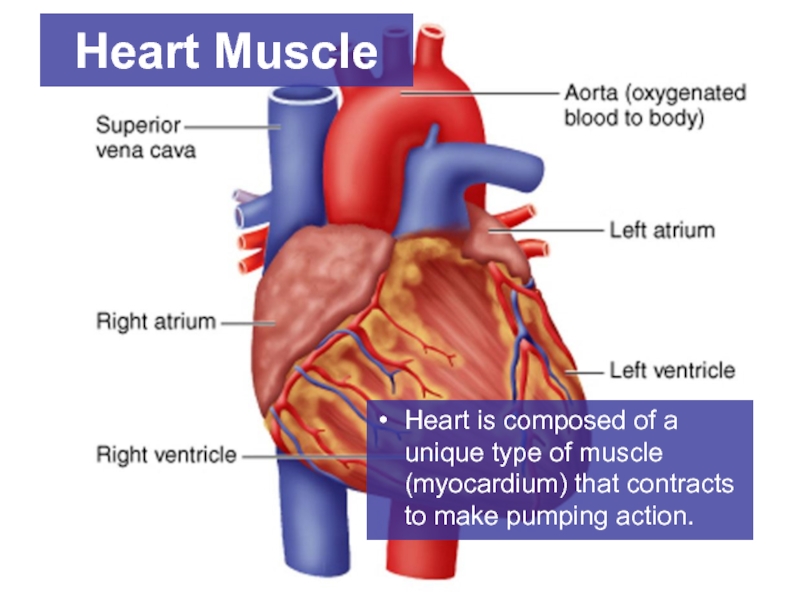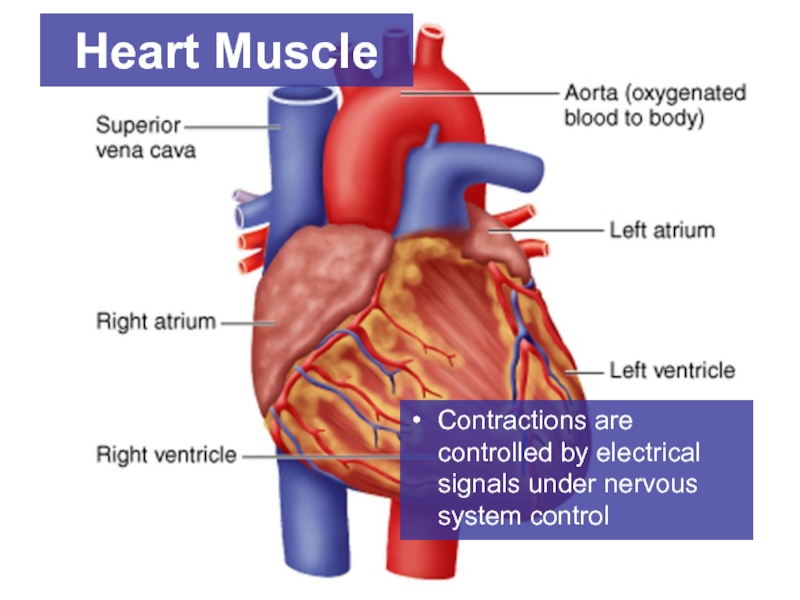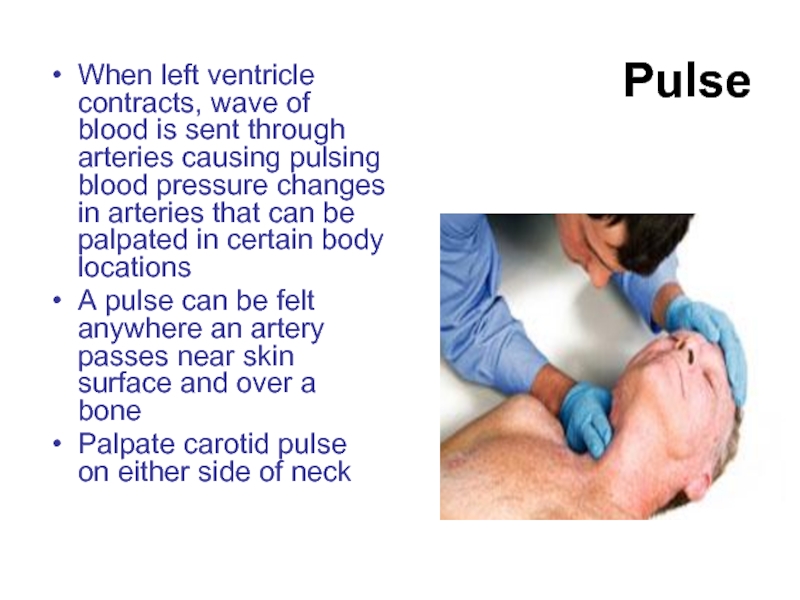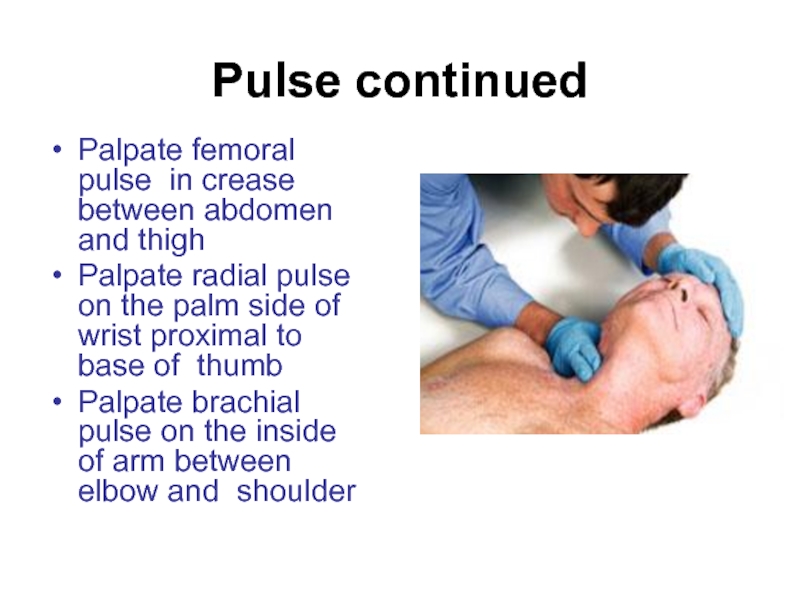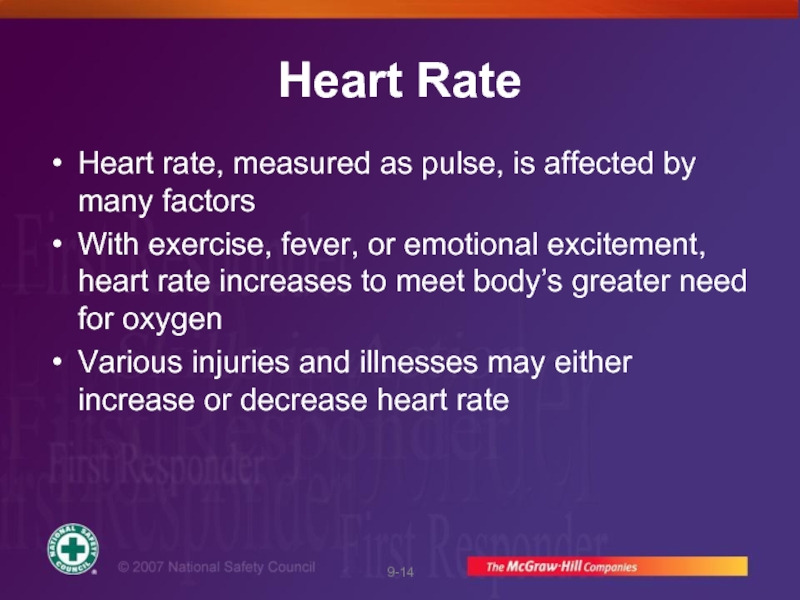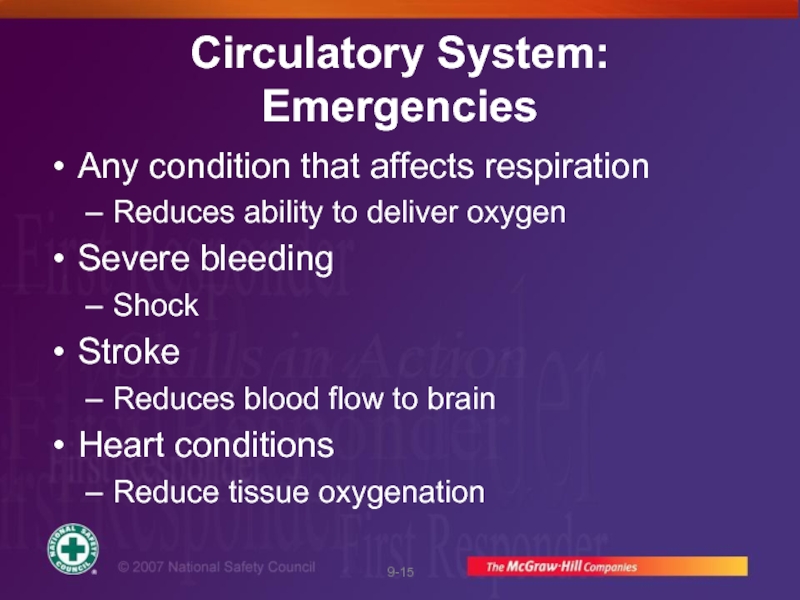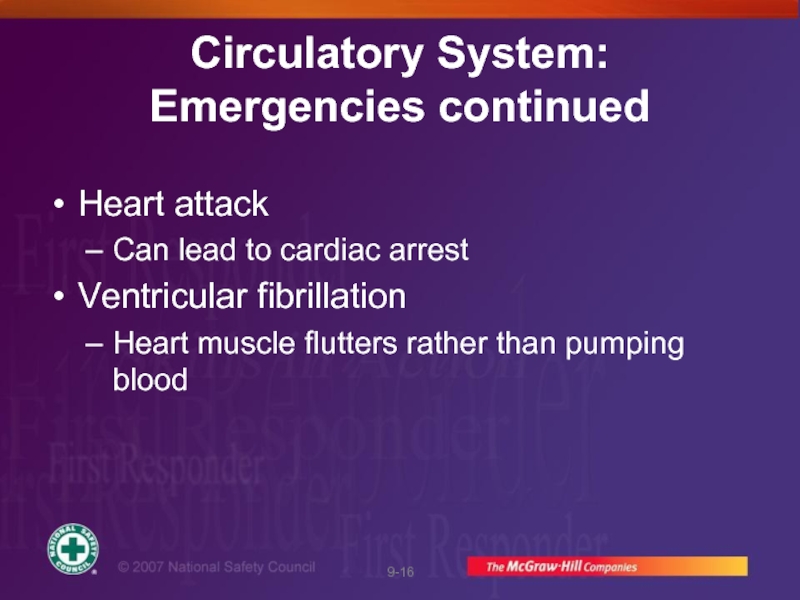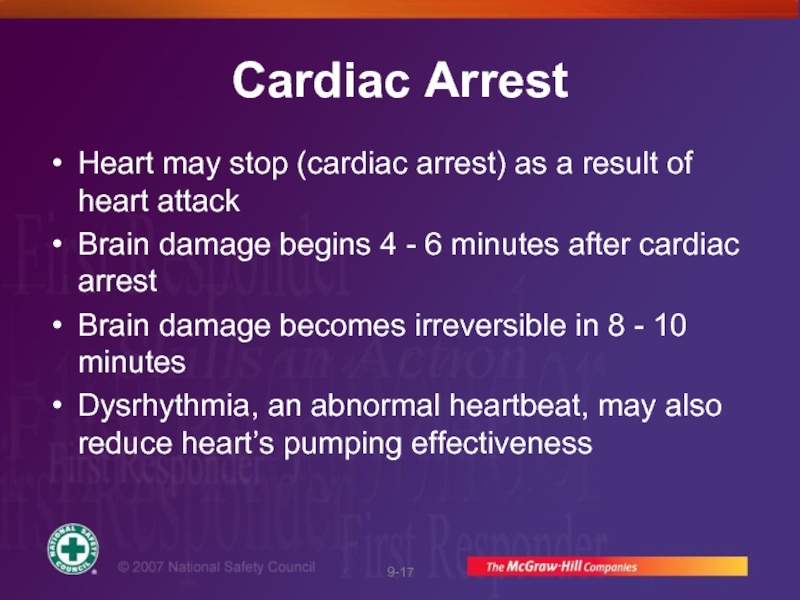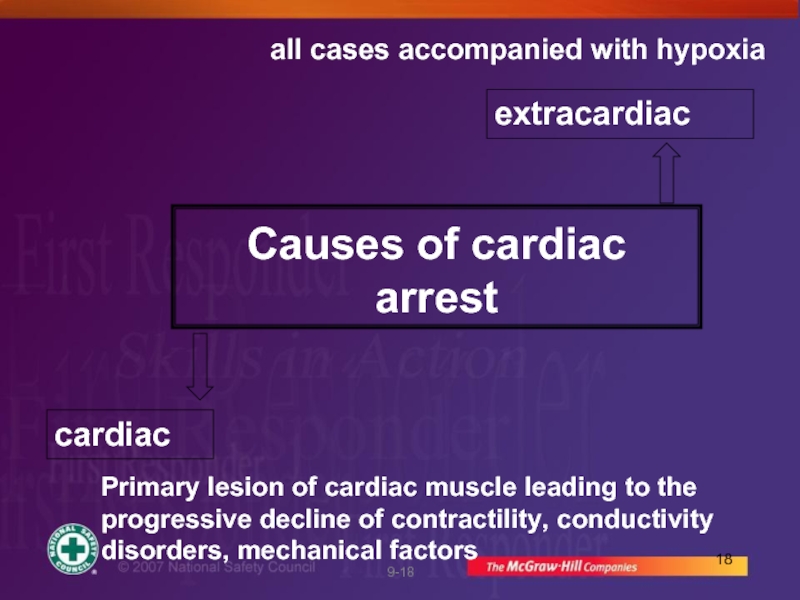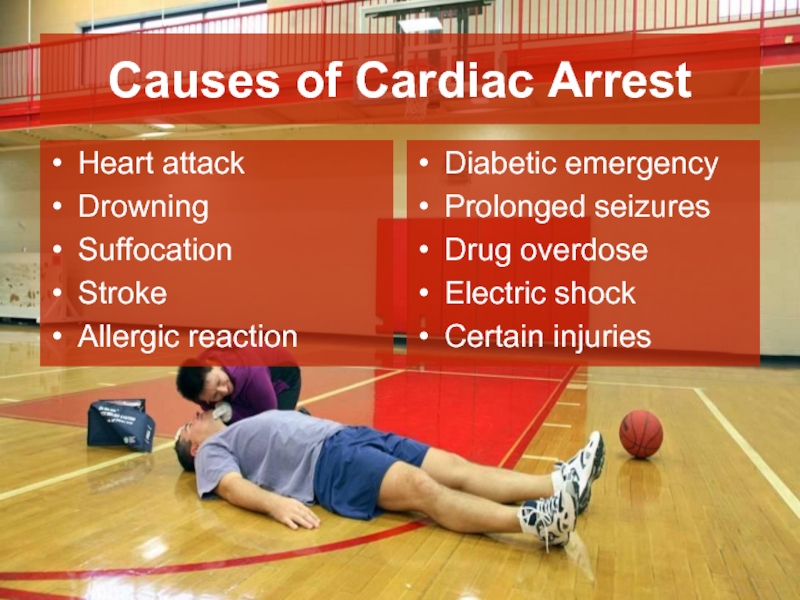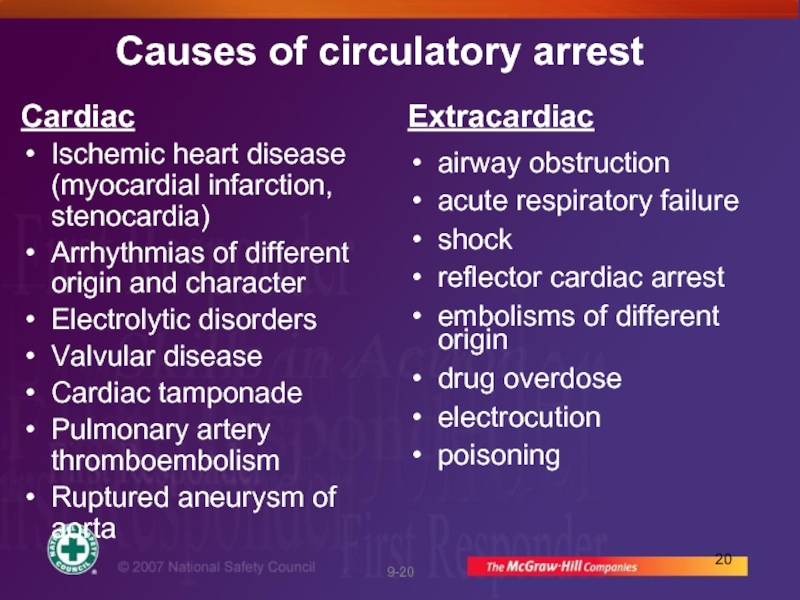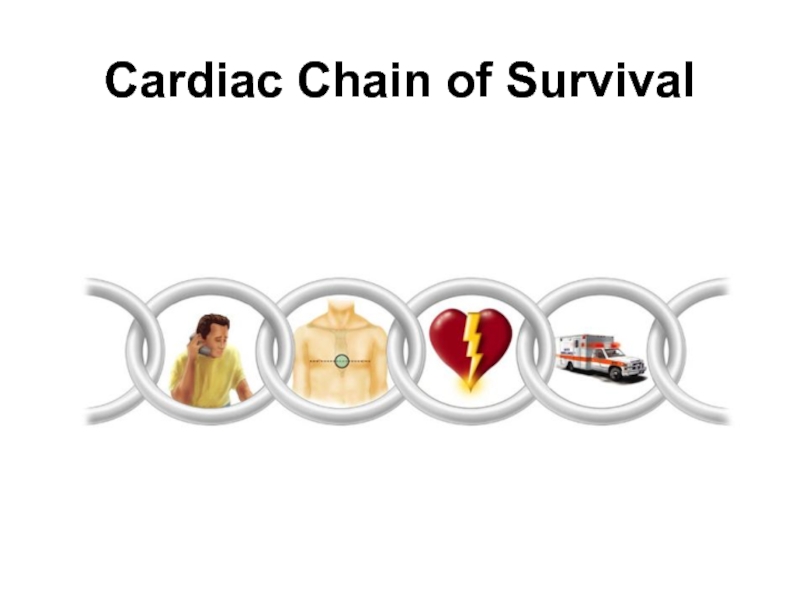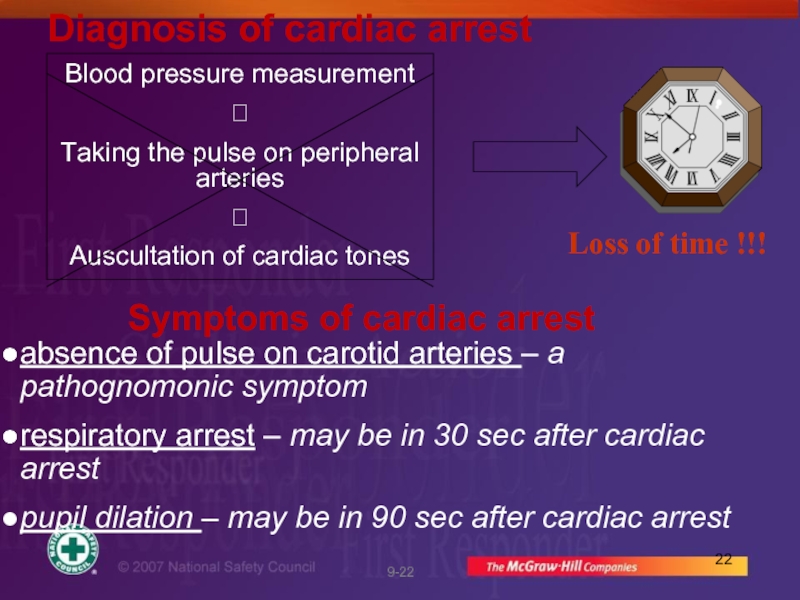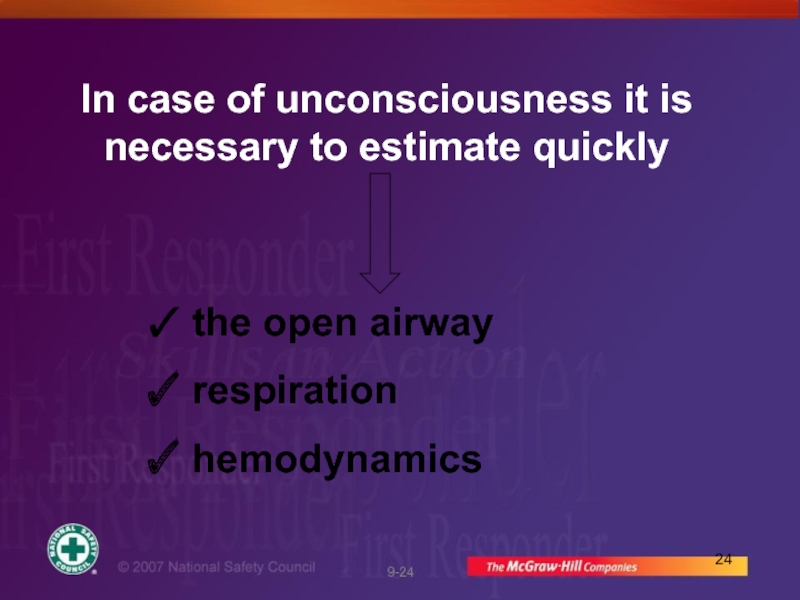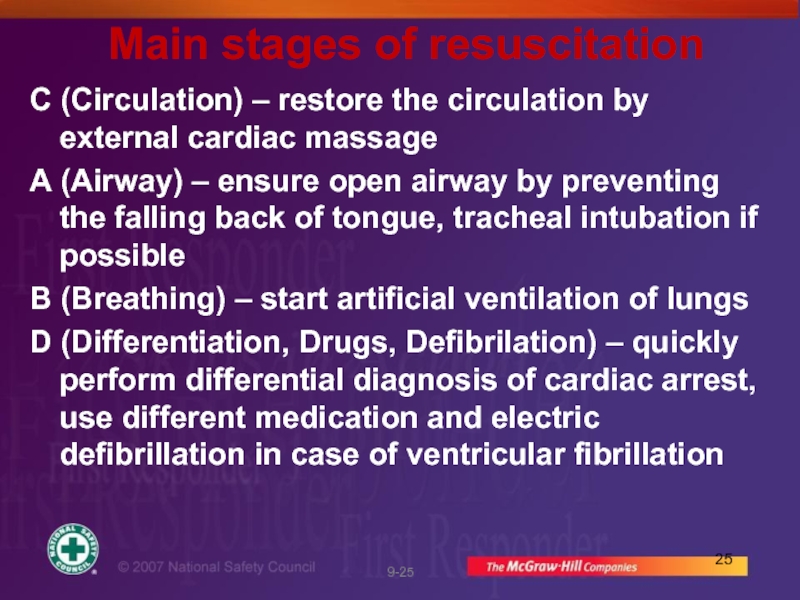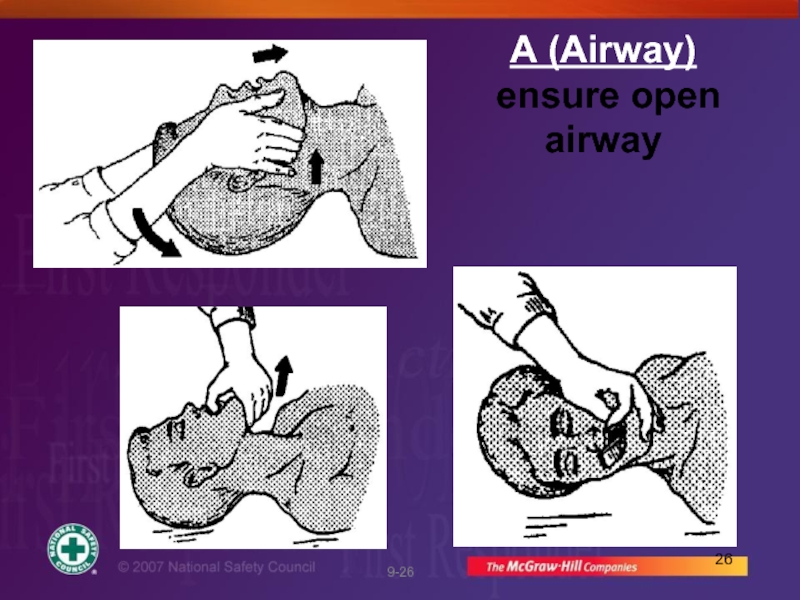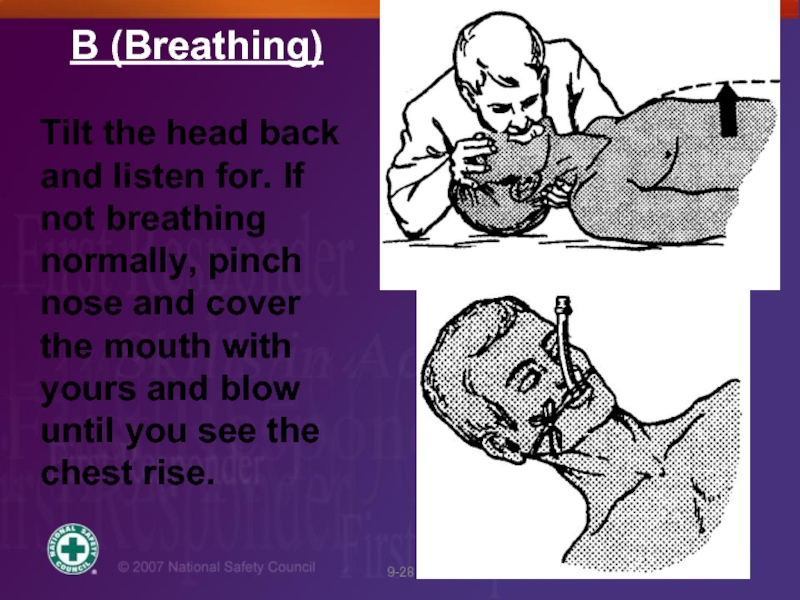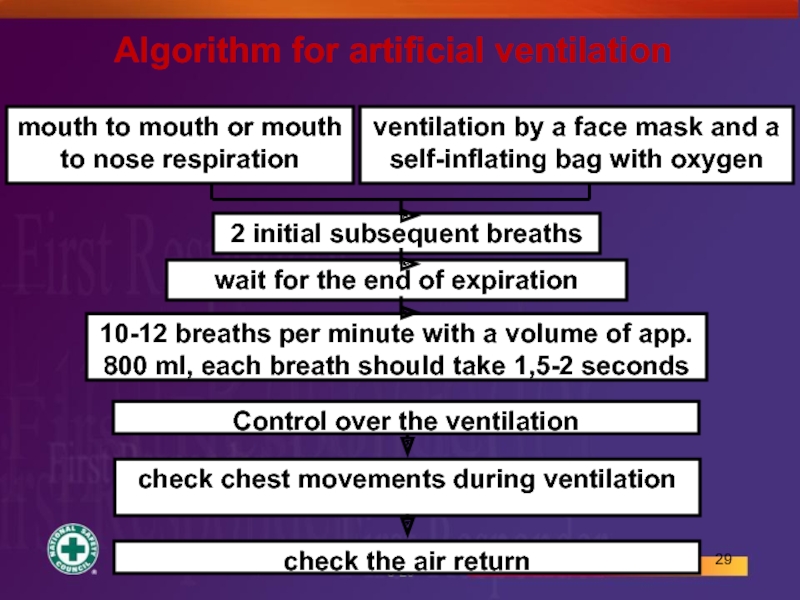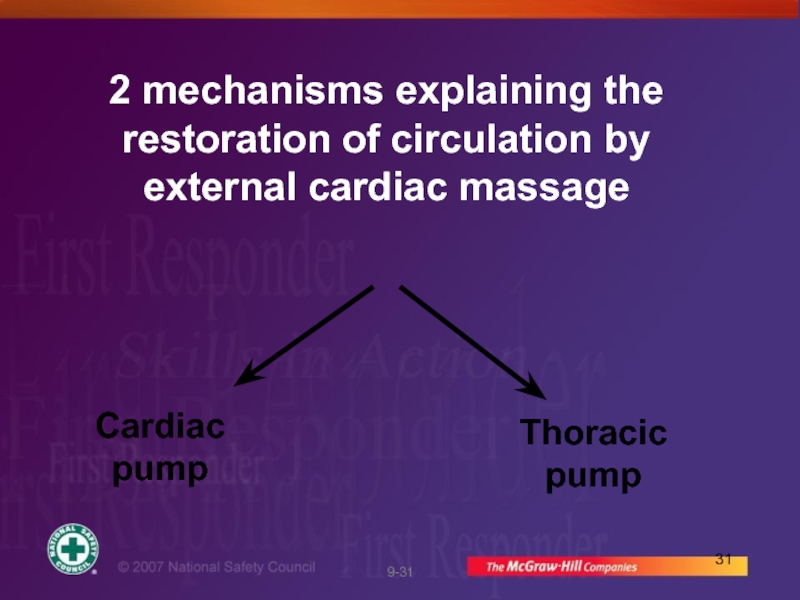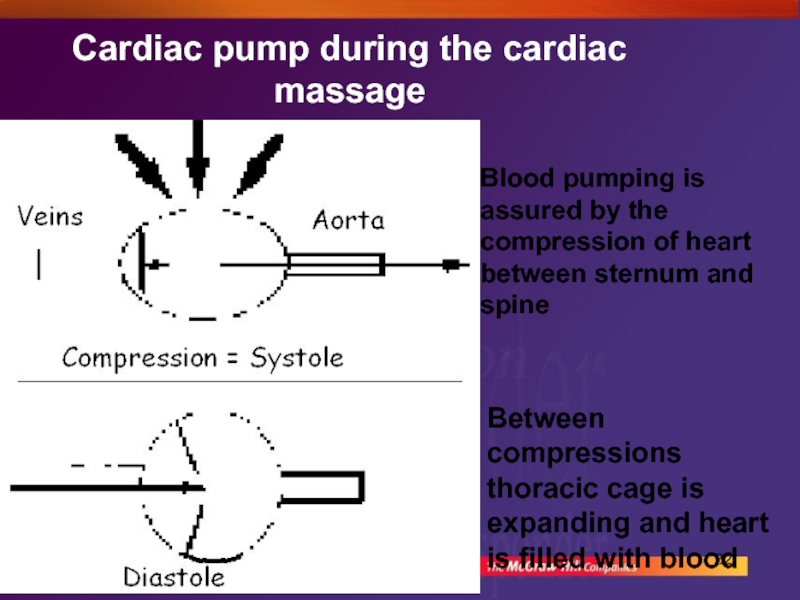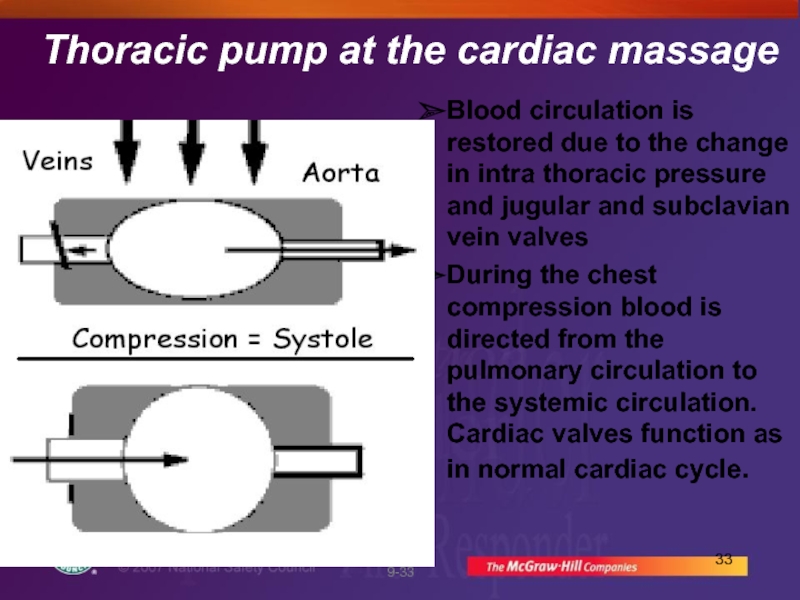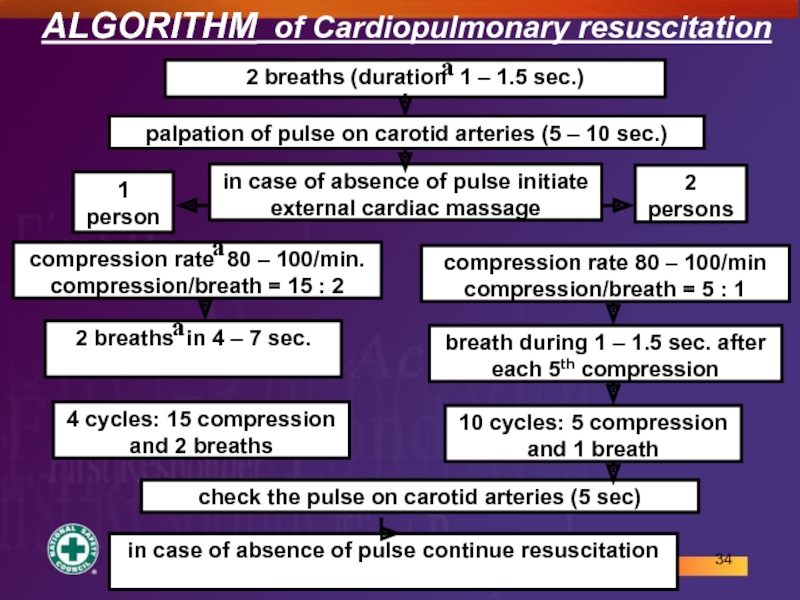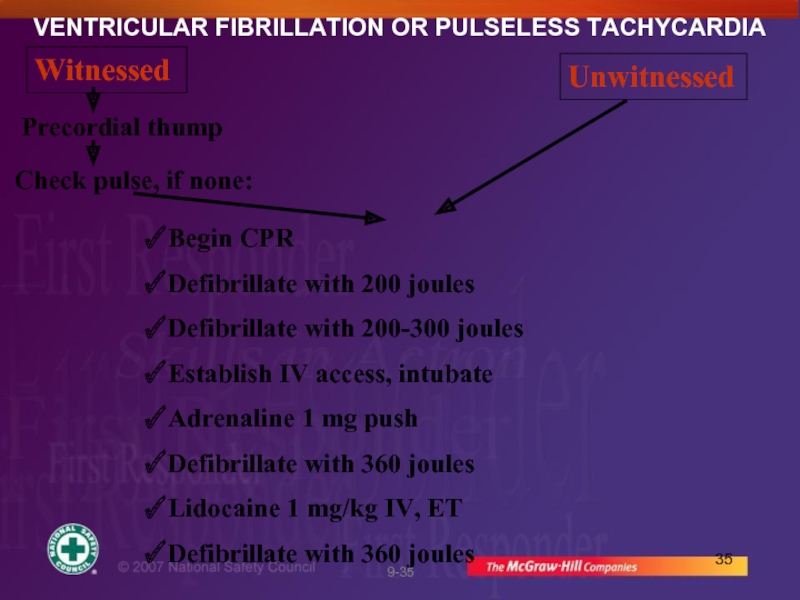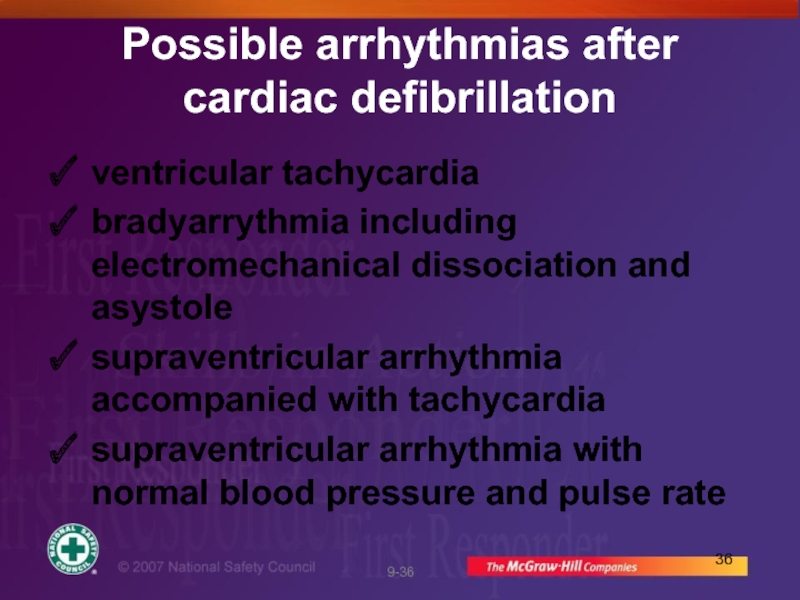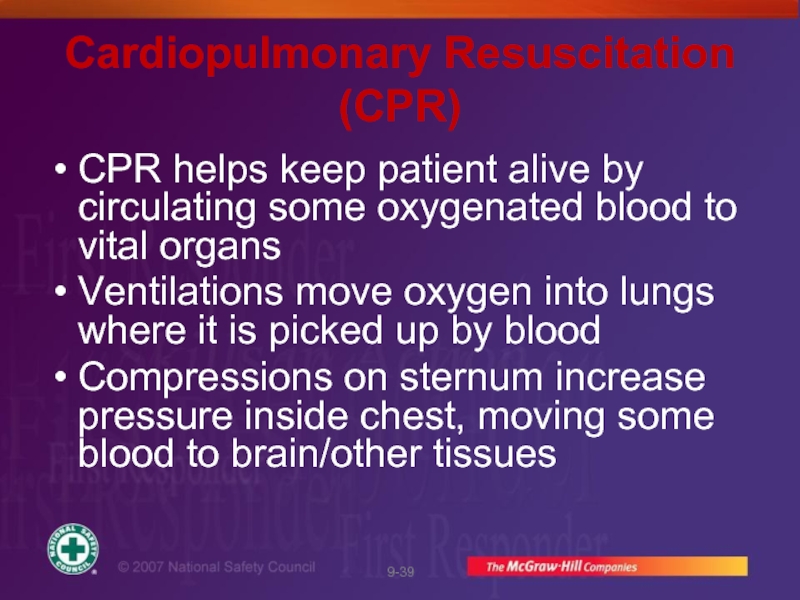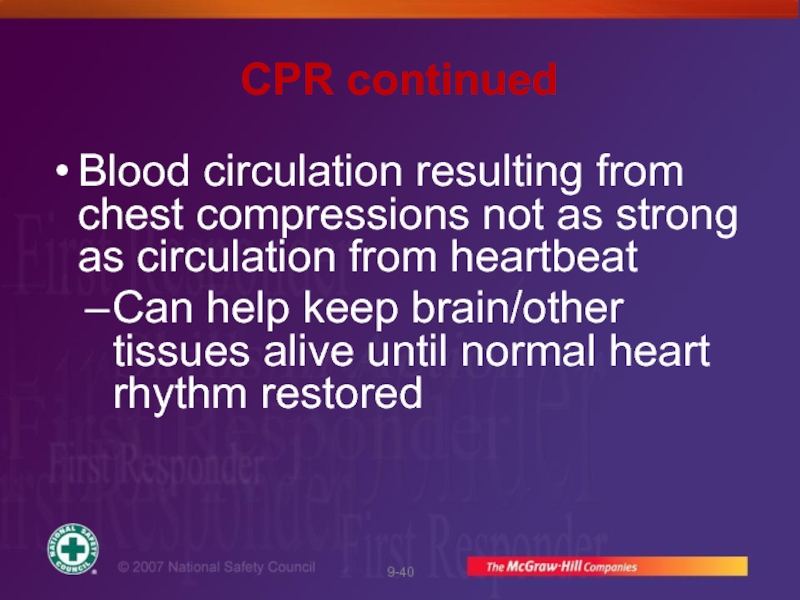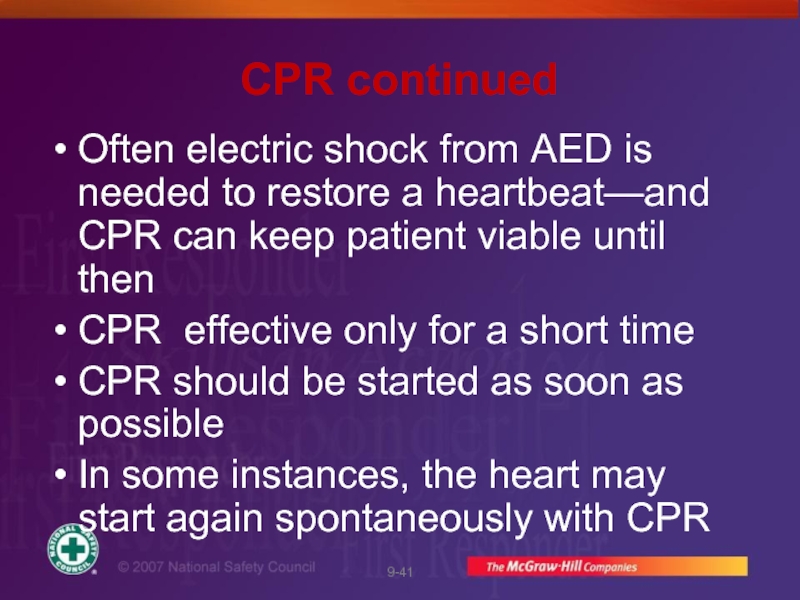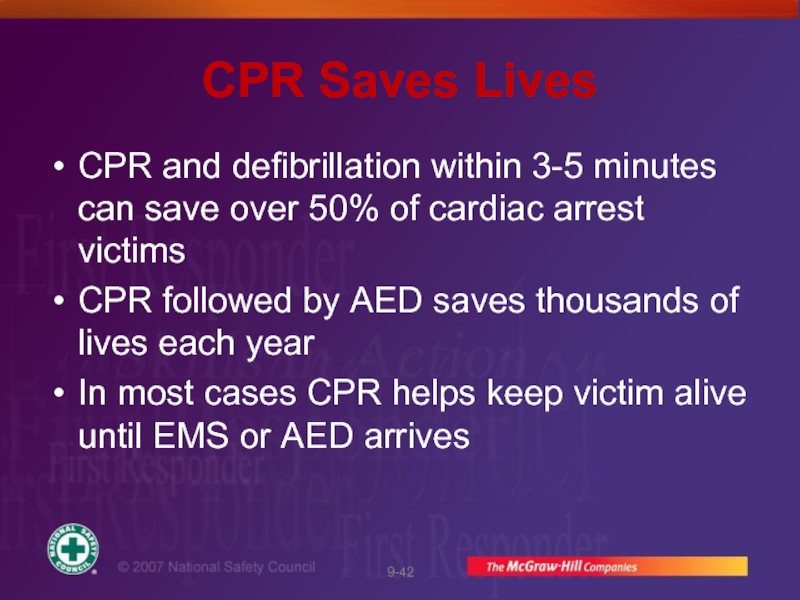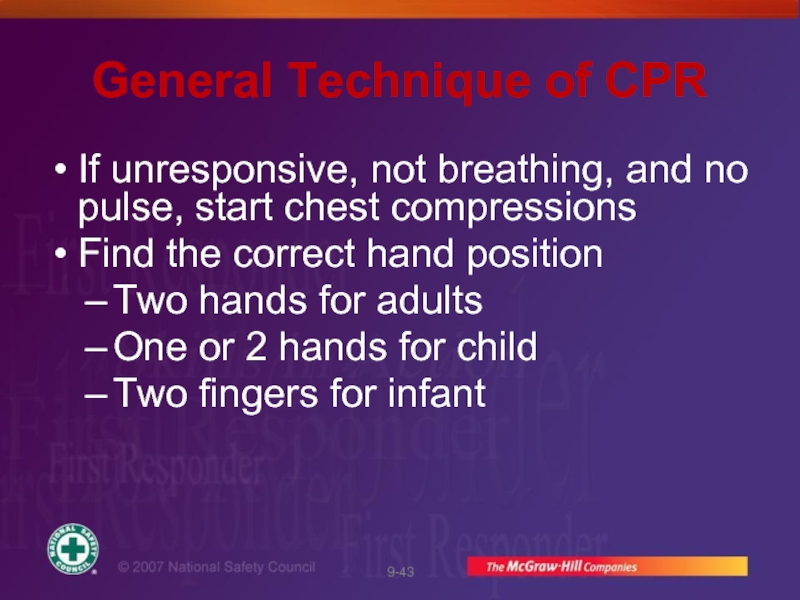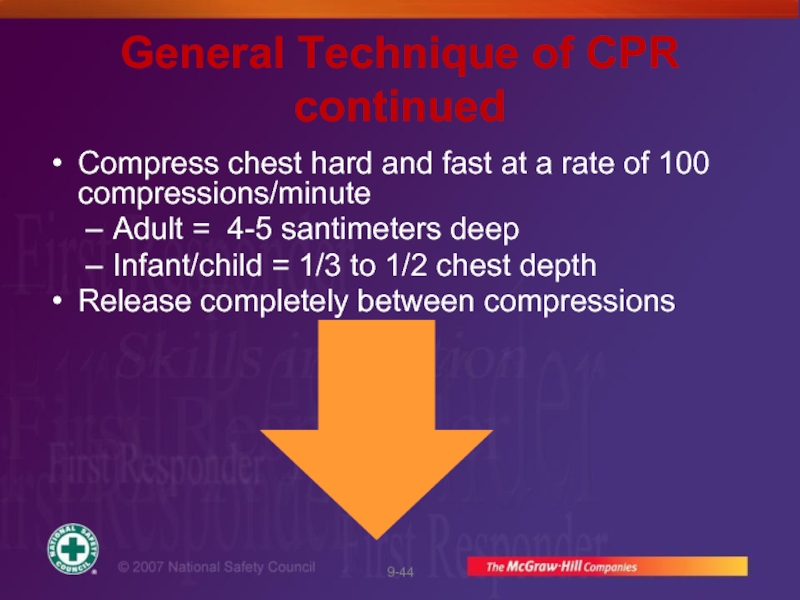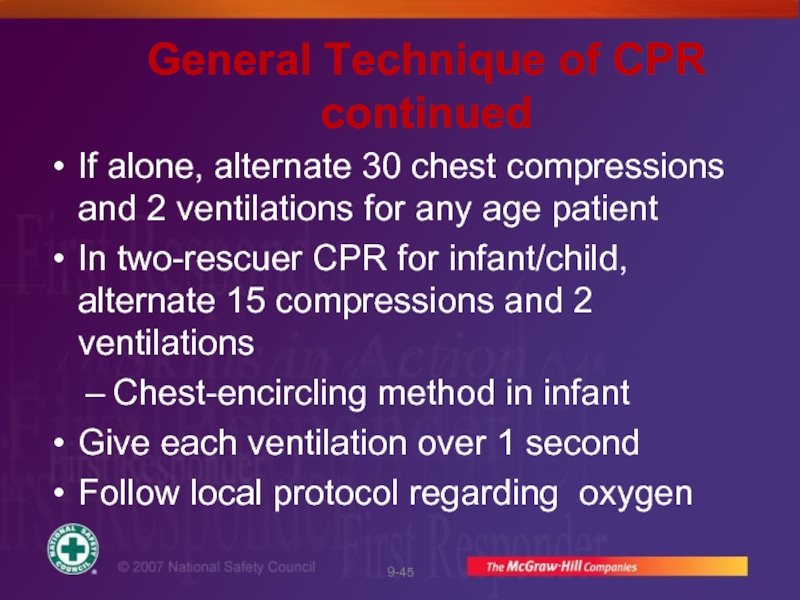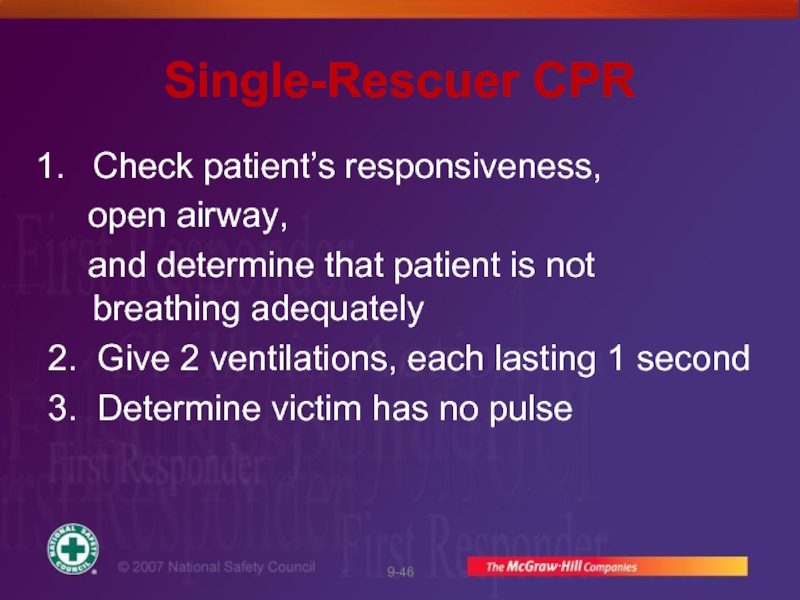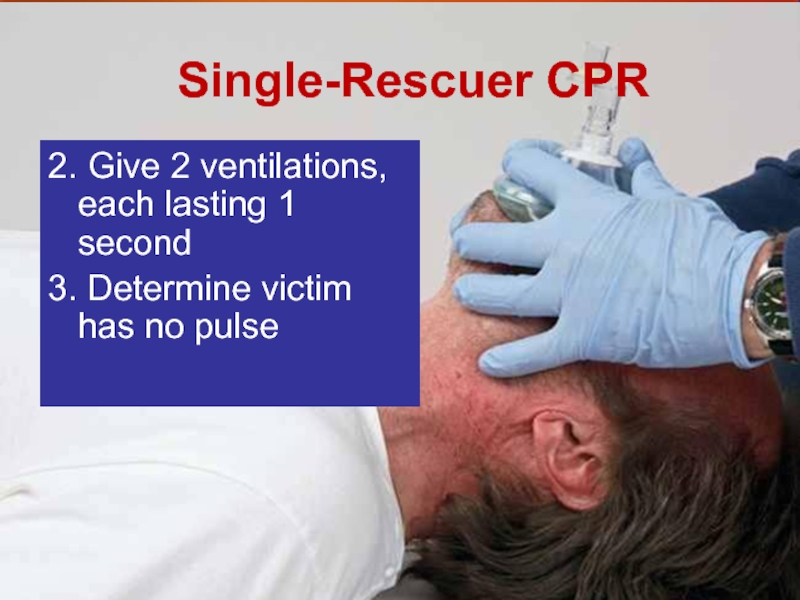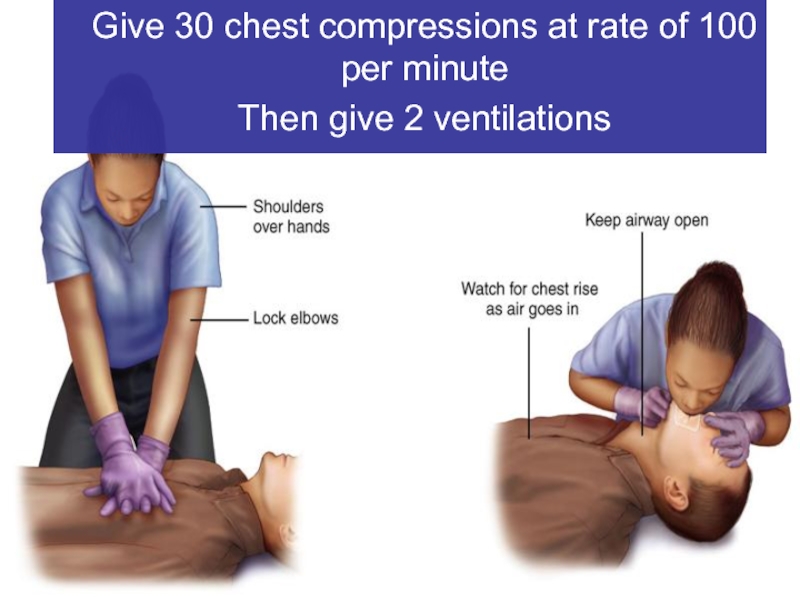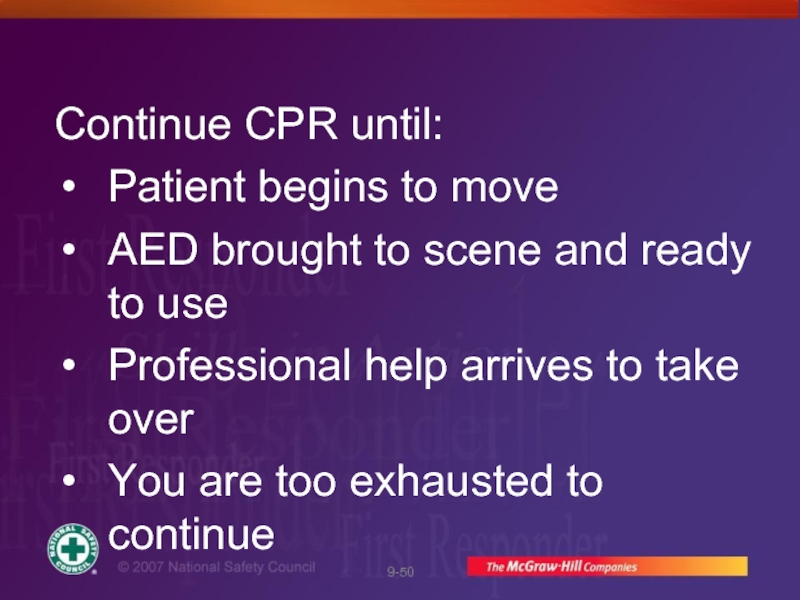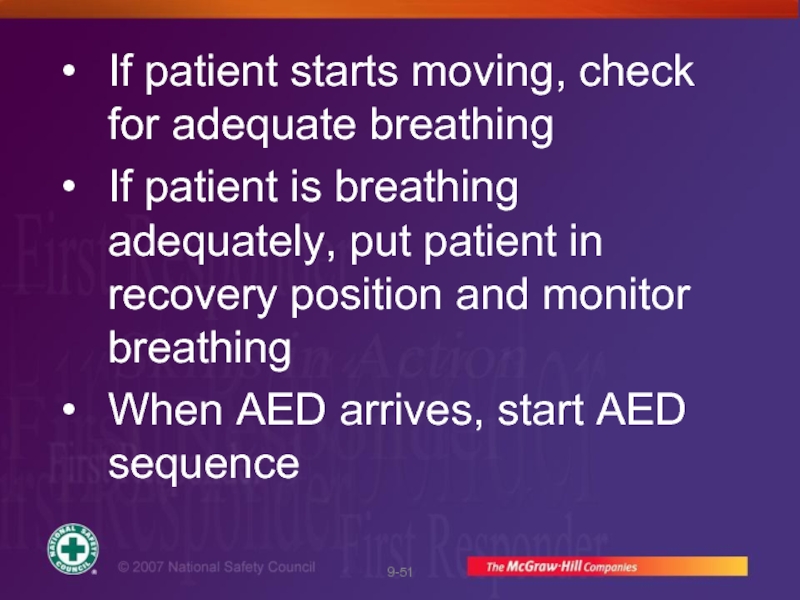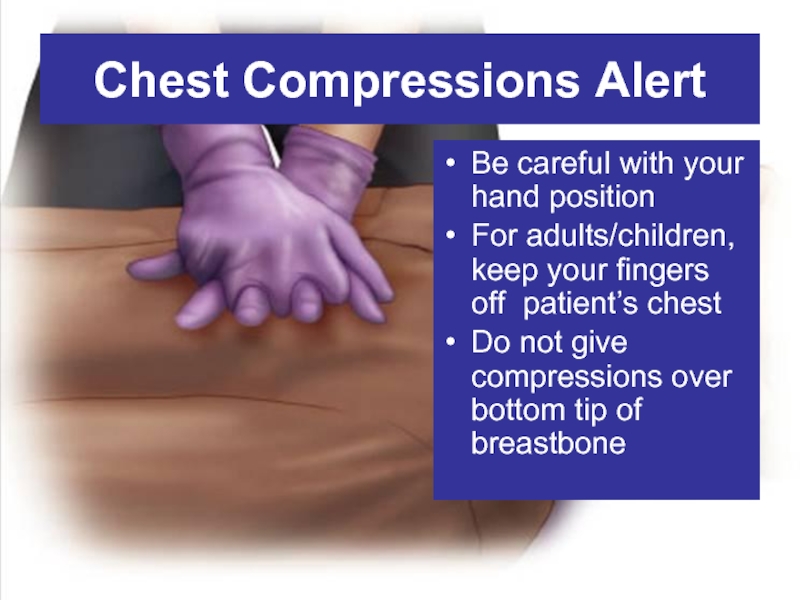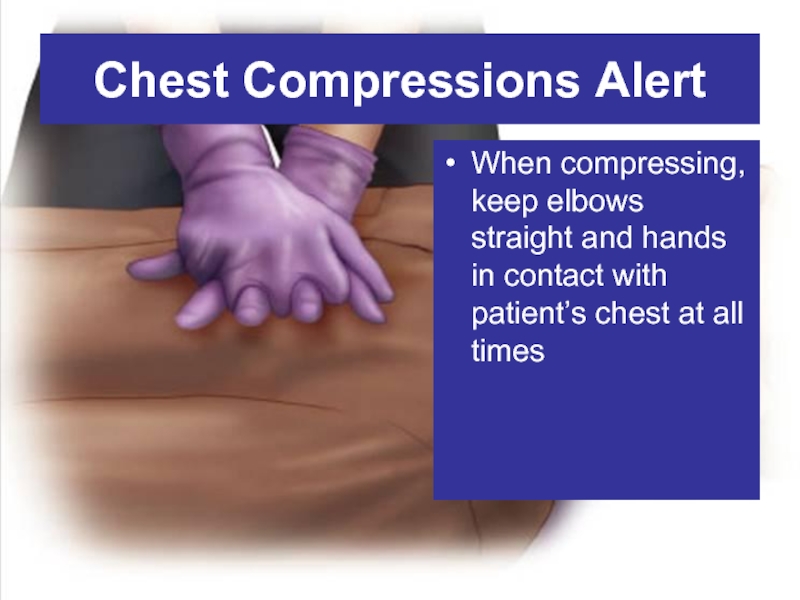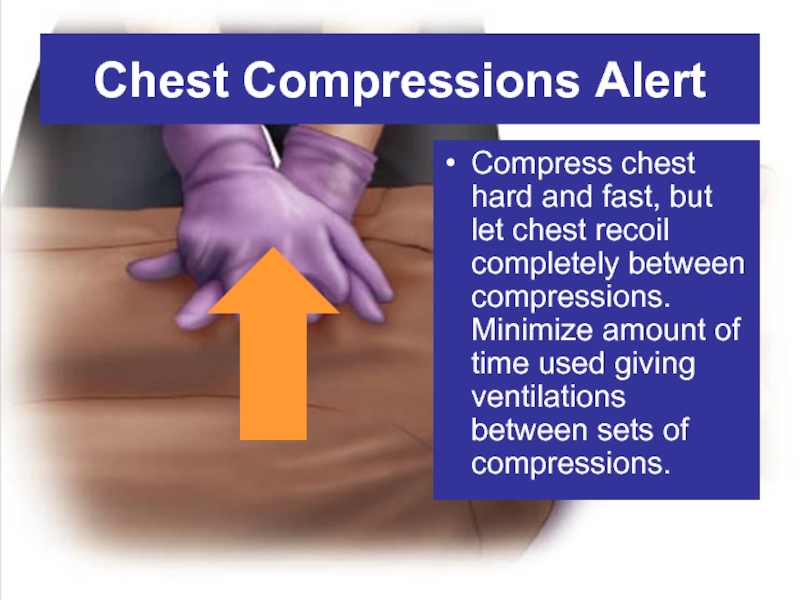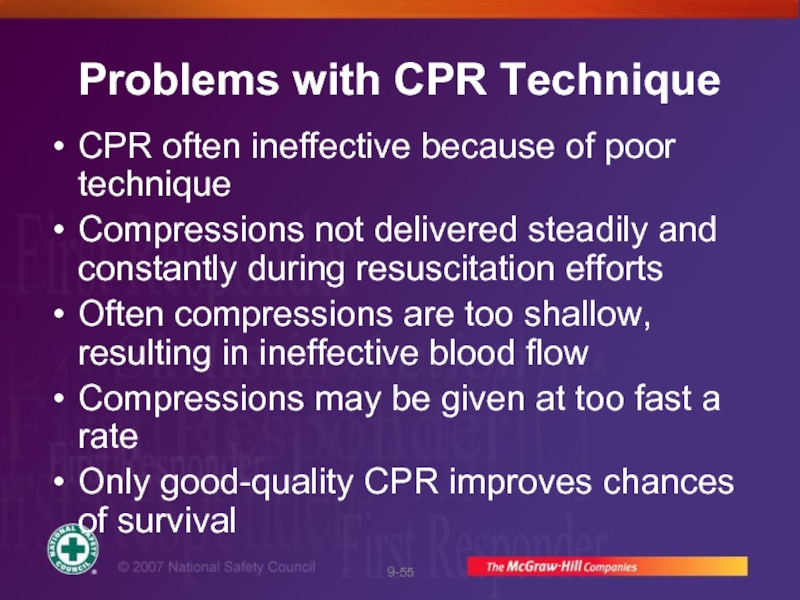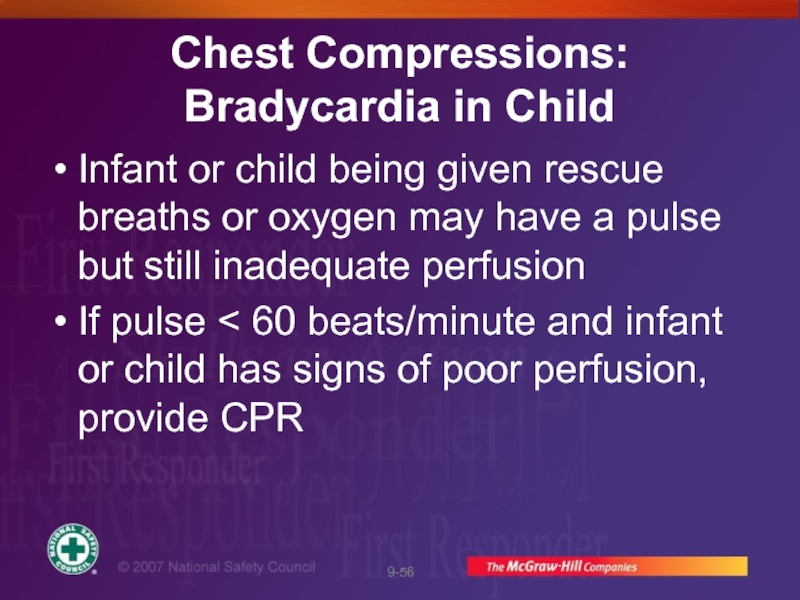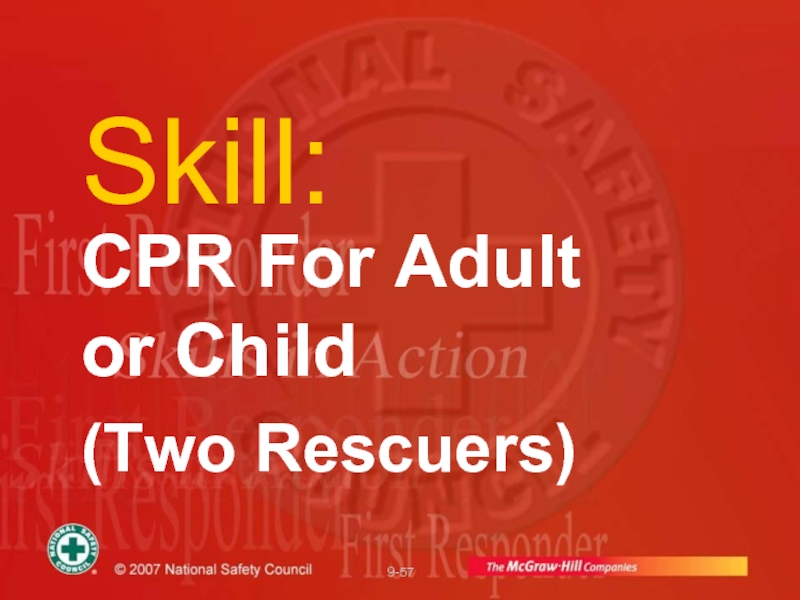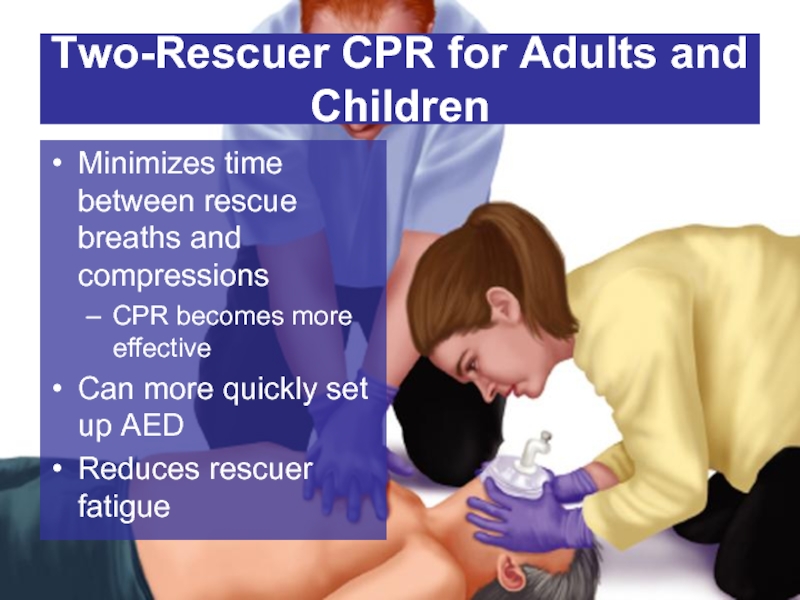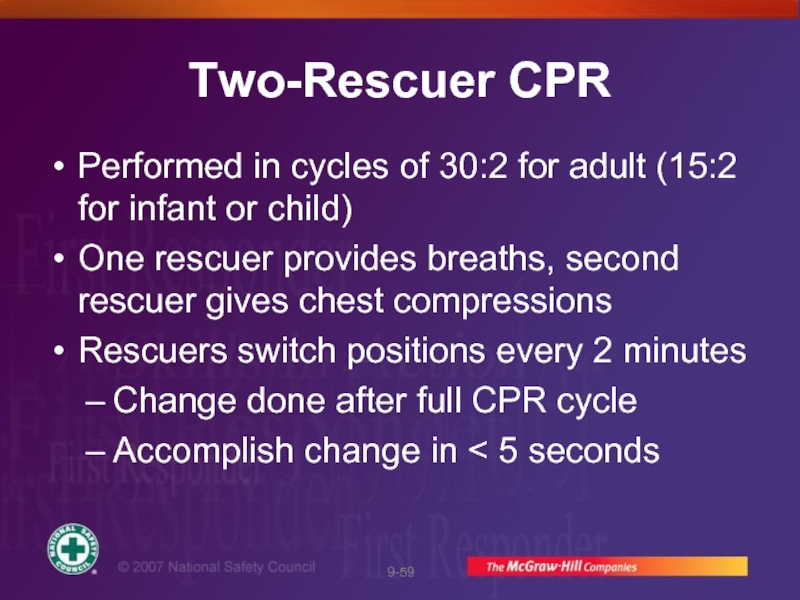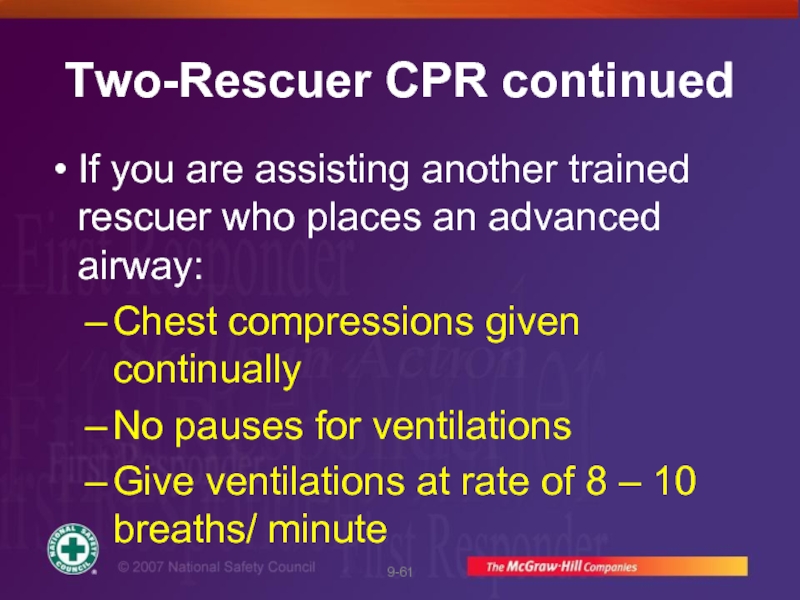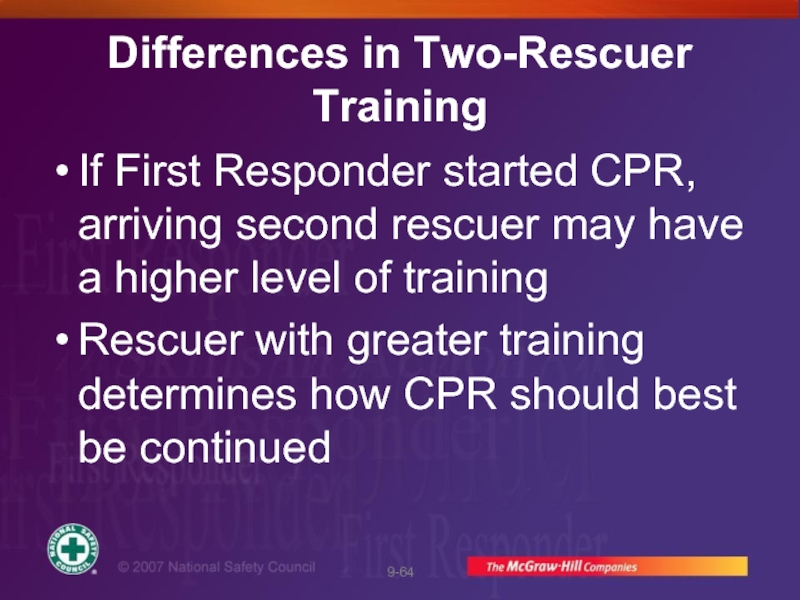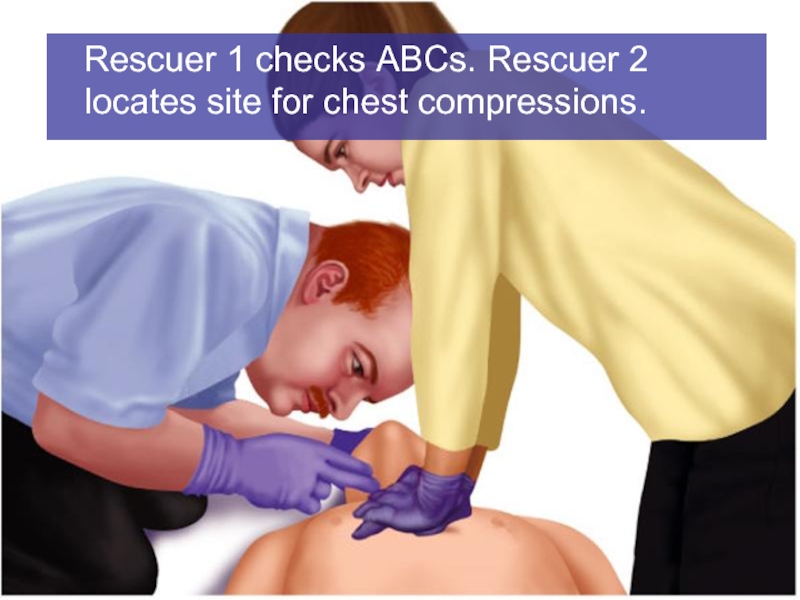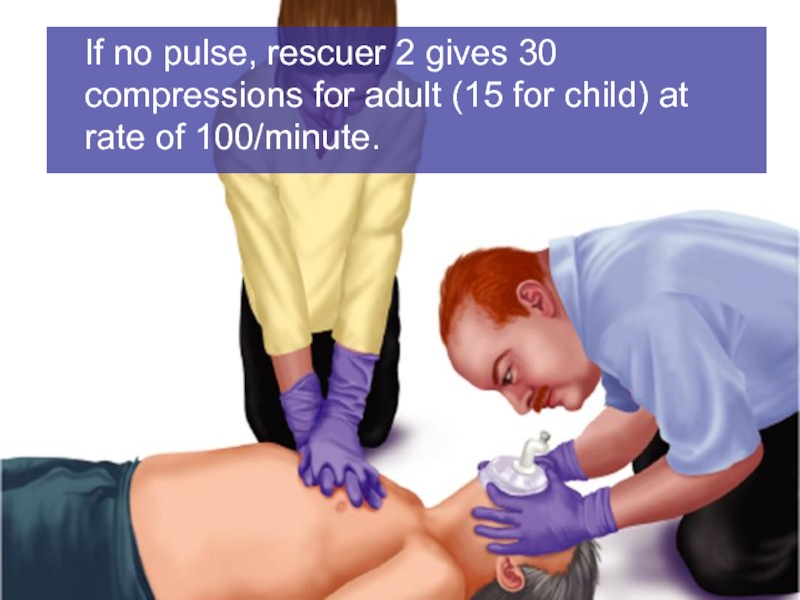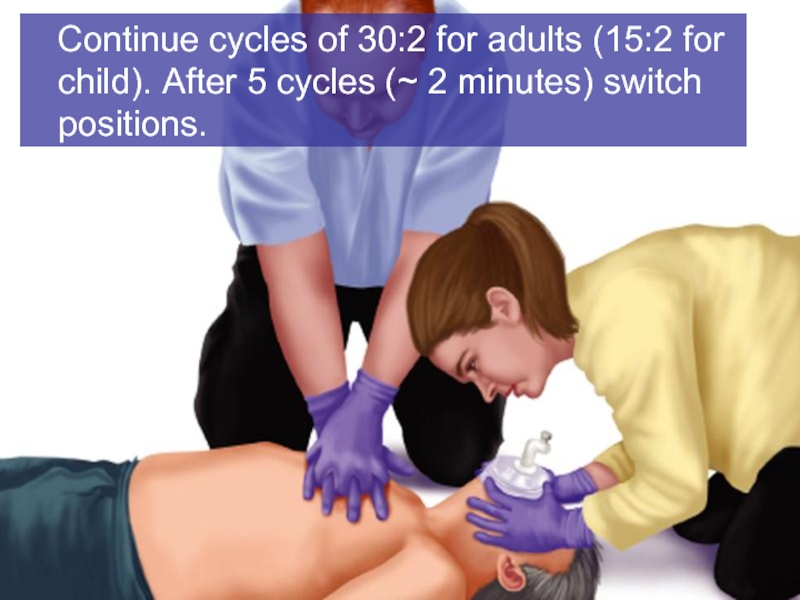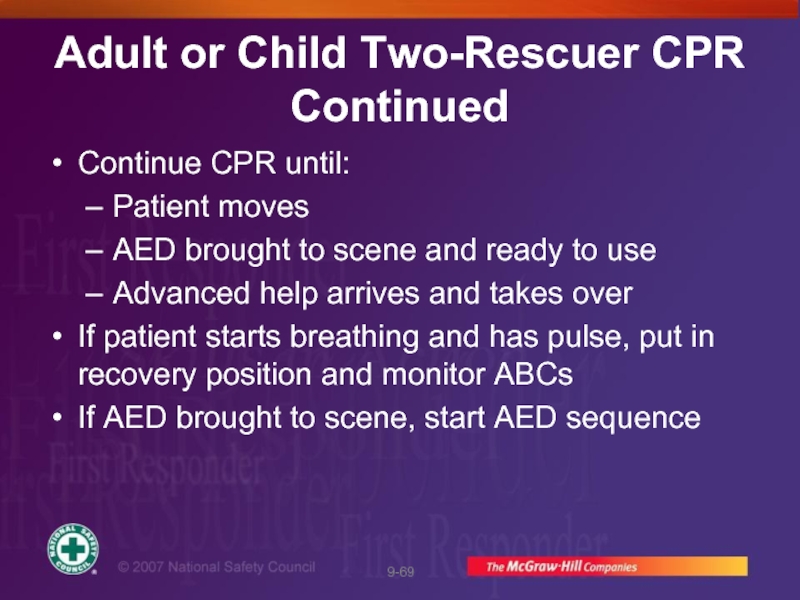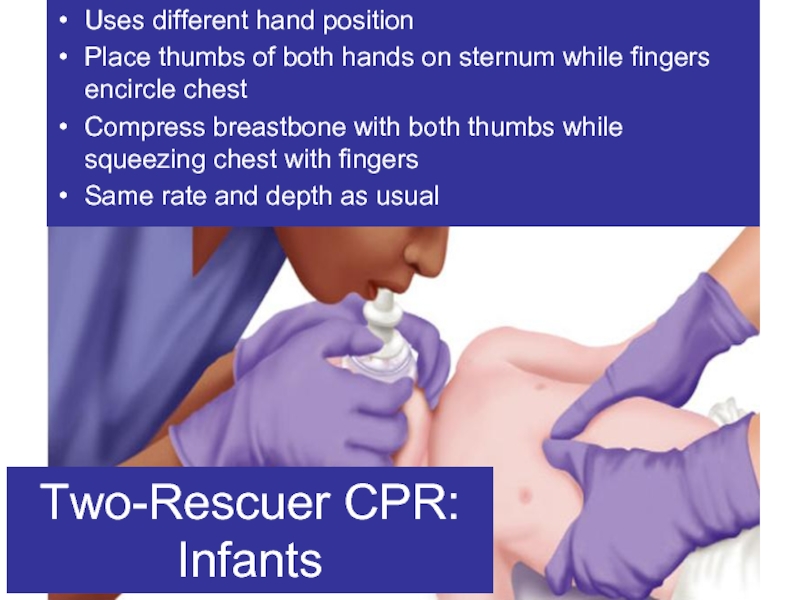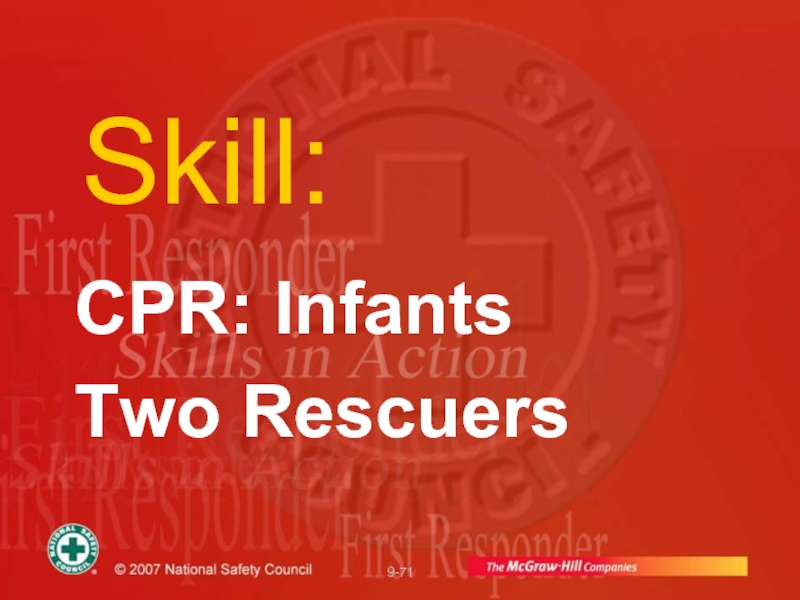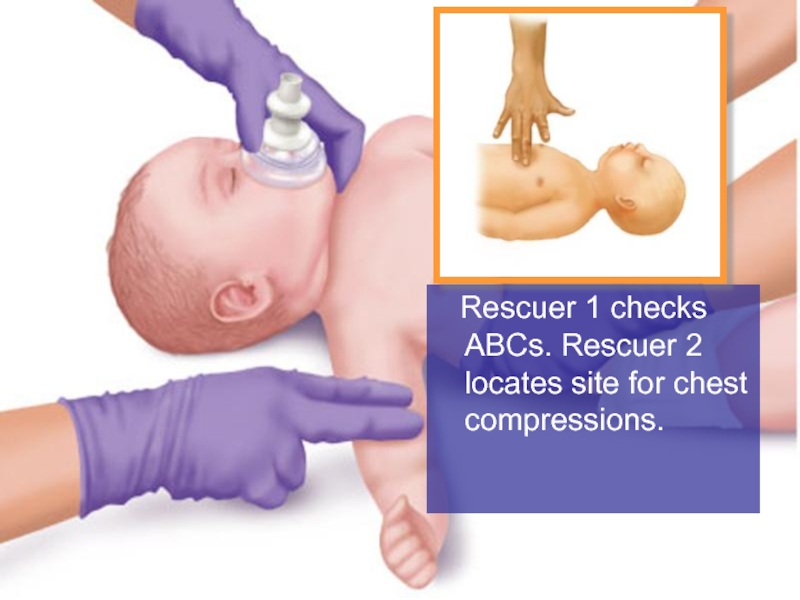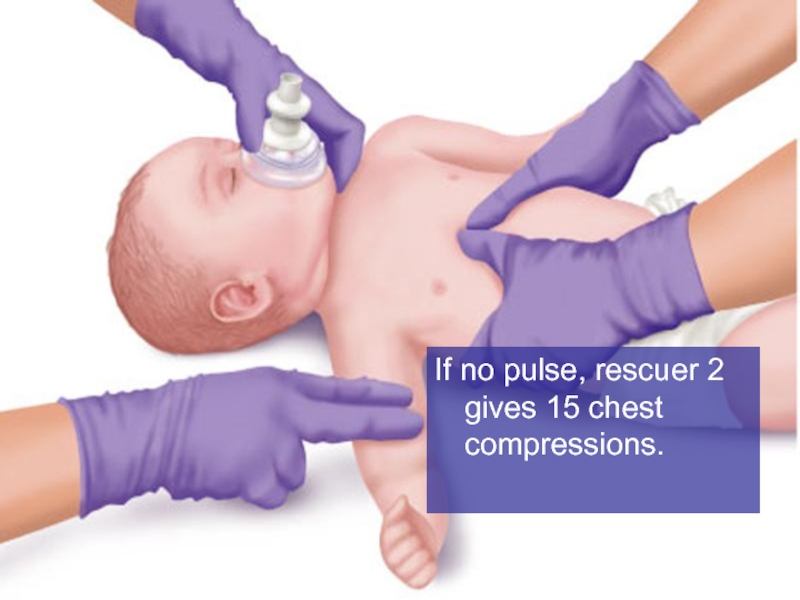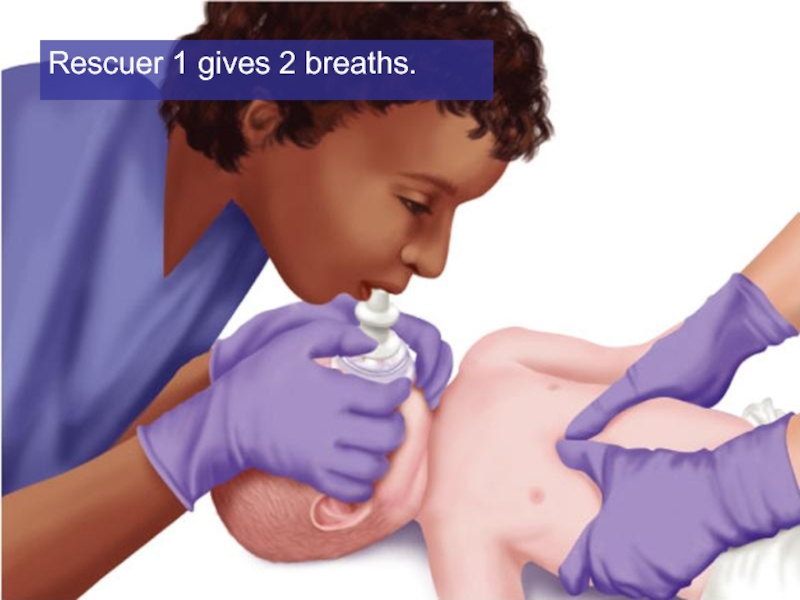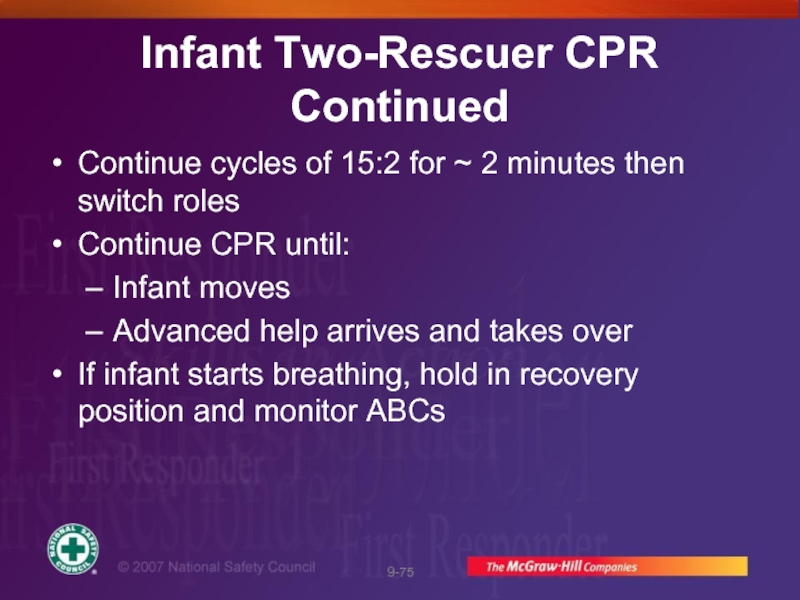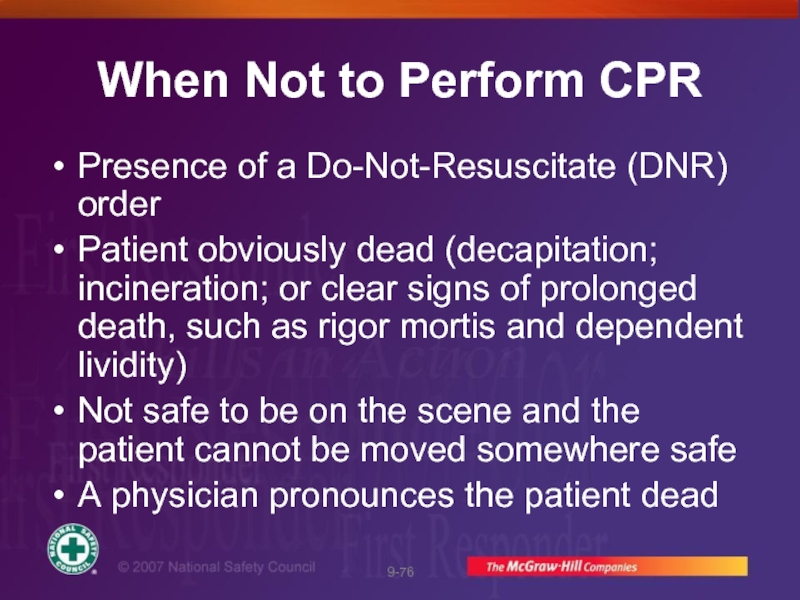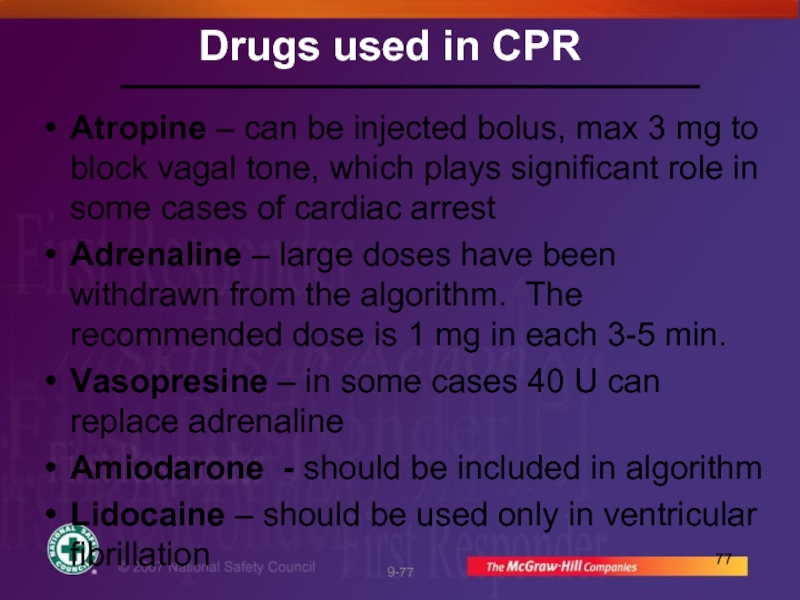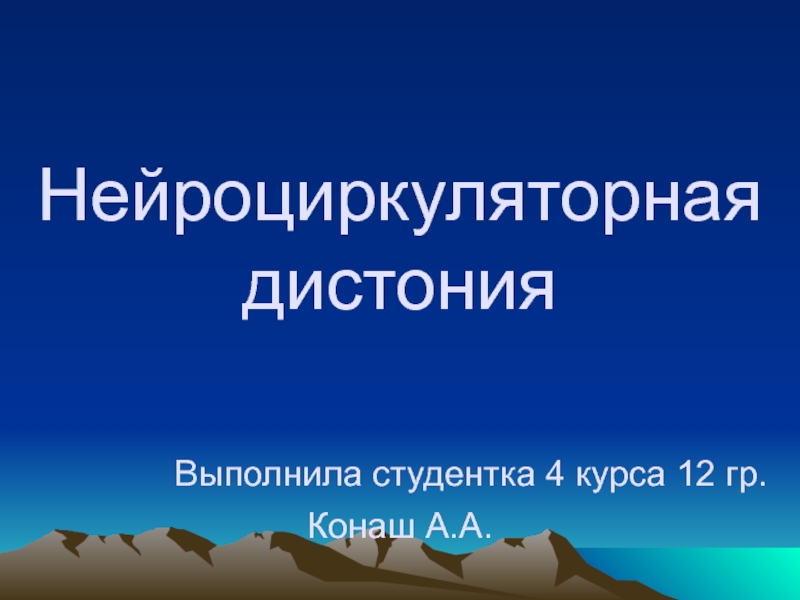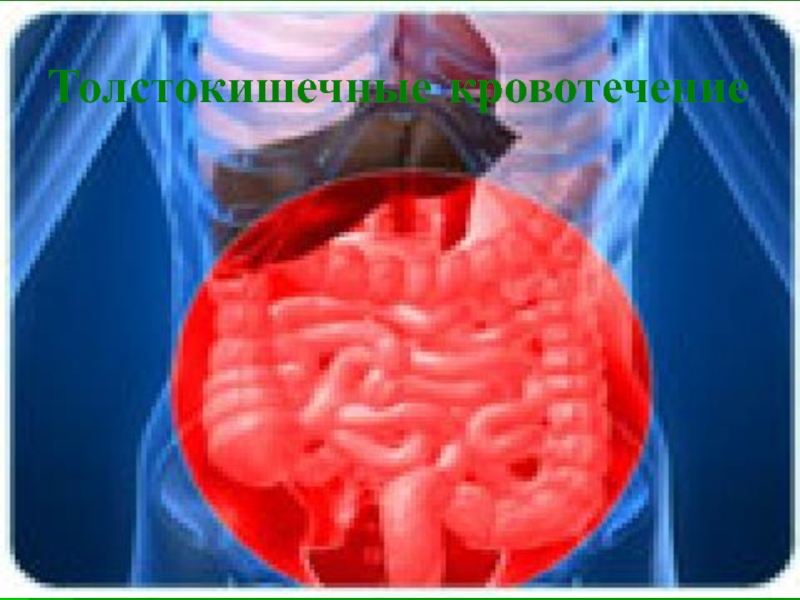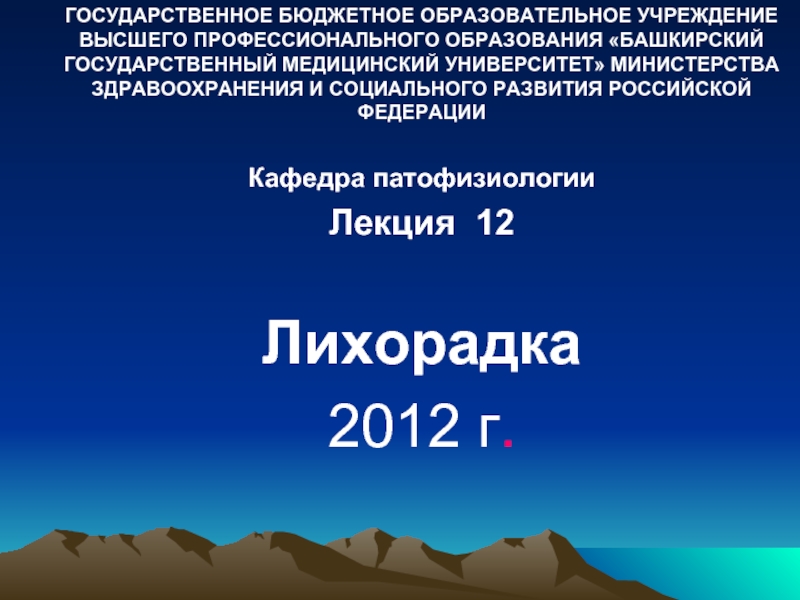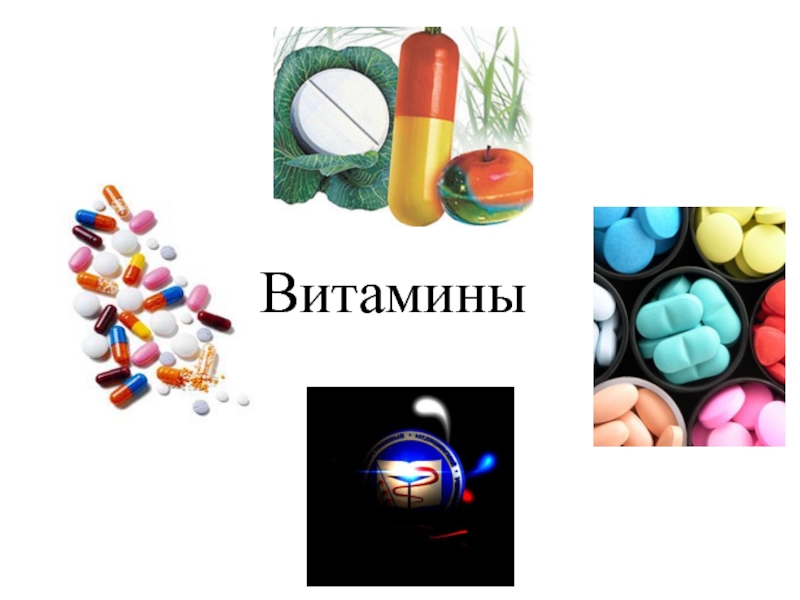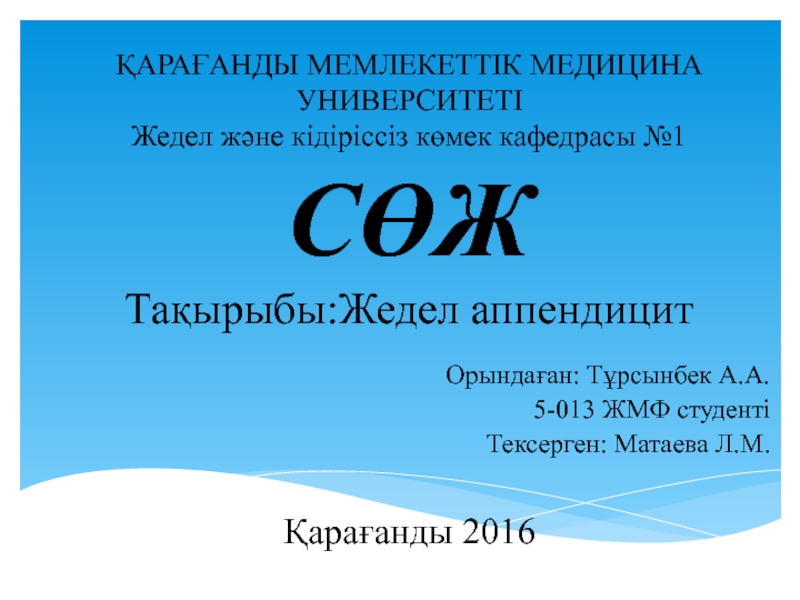- Главная
- Разное
- Дизайн
- Бизнес и предпринимательство
- Аналитика
- Образование
- Развлечения
- Красота и здоровье
- Финансы
- Государство
- Путешествия
- Спорт
- Недвижимость
- Армия
- Графика
- Культурология
- Еда и кулинария
- Лингвистика
- Английский язык
- Астрономия
- Алгебра
- Биология
- География
- Детские презентации
- Информатика
- История
- Литература
- Маркетинг
- Математика
- Медицина
- Менеджмент
- Музыка
- МХК
- Немецкий язык
- ОБЖ
- Обществознание
- Окружающий мир
- Педагогика
- Русский язык
- Технология
- Физика
- Философия
- Химия
- Шаблоны, картинки для презентаций
- Экология
- Экономика
- Юриспруденция
Cardiac emergencies and cpr презентация
Содержание
- 1. Cardiac emergencies and cpr
- 2. HISTORICAL REVIEW 5000 - 3000 BC
- 3. Introduction Basic Life Support needed for patient
- 4. Review of Circulatory System Circulatory system consists of heart, blood, and blood vessels.
- 5. Cardiovascular System: Primary Functions Transports blood
- 6. Anatomy and Physiology of the Heart
- 7. Heart is composed of a unique type
- 8. Contractions are controlled by electrical signals under nervous system control Heart Muscle
- 9. Arteries Arterial blood is oxygenated, bright red,
- 10. Pulse When left ventricle contracts, wave of
- 11. Pulse continued Palpate femoral pulse in crease
- 12. Capillaries Arteries progressively branch into smaller vessels
- 13. Veins From capillaries, blood drains back to
- 14. Heart Rate Heart rate, measured as pulse,
- 15. Circulatory System: Emergencies Any condition that affects
- 16. Circulatory System: Emergencies continued Heart attack Can
- 17. Cardiac Arrest Heart may stop (cardiac arrest)
- 18. Causes of cardiac arrest cardiac extracardiac Primary
- 19. Causes of Cardiac Arrest Heart attack Drowning
- 20. Causes of circulatory arrest Cardiac Ischemic heart
- 21. Cardiac Chain of Survival
- 22. Diagnosis of cardiac arrest Symptoms of
- 23. Sequence of operations Check responsiveness
- 24. In case of unconsciousness it is necessary
- 25. Main stages of resuscitation C (Circulation) –
- 26. A (Airway) ensure open airway
- 27. Open the airway using a head tilt
- 28. B (Breathing) Tilt the head back
- 29. mouth to mouth or mouth to nose
- 30. C. Circulation Restore the circulation, that is start external cardiac massage
- 31. 2 mechanisms explaining the restoration of circulation by external cardiac massage Cardiac pump Thoracic pump
- 32. Cardiac pump during the cardiac massage Blood
- 33. Thoracic pump at the cardiac massage Blood
- 34. ALGORITHM of Cardiopulmonary resuscitation 4 cycles: 15
- 35. VENTRICULAR FIBRILLATION OR PULSELESS TACHYCARDIA Witnessed Unwitnessed
- 36. Possible arrhythmias after cardiac defibrillation ventricular tachycardia
- 37. Operations in case of asystole Asystole
- 38. Call First vs. Call Fast Call First
- 39. Cardiopulmonary Resuscitation (CPR) CPR helps keep patient
- 40. CPR continued Blood circulation resulting from chest
- 41. CPR continued Often electric shock from AED
- 42. CPR Saves Lives CPR and defibrillation within
- 43. General Technique of CPR If unresponsive,
- 44. General Technique of CPR continued Compress chest
- 45. General Technique of CPR continued If alone,
- 46. Single-Rescuer CPR Check patient’s responsiveness, open
- 47. Single-Rescuer CPR 2. Give 2 ventilations, each
- 48. Put hand(s) in correct position for chest compressions
- 49. Give 30 chest compressions
- 50. Continue CPR until: Patient begins to move
- 51. If patient starts moving, check for adequate
- 52. Chest Compressions Alert Be careful with your
- 53. Chest Compressions Alert When compressing, keep elbows
- 54. Chest Compressions Alert Compress chest hard and
- 55. Problems with CPR Technique CPR often ineffective
- 56. Chest Compressions: Bradycardia in Child Infant or
- 57. Skill: CPR For Adult or Child (Two Rescuers)
- 58. Two-Rescuer CPR for Adults and Children Minimizes
- 59. Two-Rescuer CPR Performed in cycles of 30:2
- 60. Two-Rescuer CPR continued If AED present, one
- 61. Two-Rescuer CPR continued If you are assisting
- 62. Transitioning from One-Rescuer CPR to Two-Rescuer CPR
- 63. Transitioning from One-Rescuer CPR to Two-Rescuer CPR
- 64. Differences in Two-Rescuer Training If First Responder
- 65. Rescuer 1 checks ABCs. Rescuer 2 locates site for chest compressions.
- 66. If no pulse, rescuer 2
- 67. Rescuer 1 gives 2 breaths.
- 68. Continue cycles of 30:2 for
- 69. Adult or Child Two-Rescuer CPR Continued Continue
- 70. Uses different hand position Place thumbs of
- 71. Skill: CPR: Infants Two Rescuers
- 72. Rescuer 1 checks ABCs. Rescuer 2 locates site for chest compressions.
- 73. If no pulse, rescuer 2 gives 15 chest compressions.
- 74. Rescuer 1 gives 2 breaths.
- 75. Infant Two-Rescuer CPR Continued Continue cycles
- 76. When Not to Perform CPR Presence of
- 77. Drugs used in CPR Atropine – can
Слайд 2HISTORICAL REVIEW
5000 - 3000 BC - first artificial mouth to
1780 – first attempt of newborn resuscitation by blowing
1874 – first experimental direct cardiac massage
1901 – first successful direct cardiac massage in man
1946 – first experimental indirect cardiac massage and defibrillation
1960 – indirect cardiac massage
1980 – development of cardiopulmonary resuscitation due to the works of Peter Safar
Слайд 3Introduction
Basic Life Support needed for patient whose breathing or heart has
Ventilations are given to oxygenate blood when breathing is inadequate or has stopped
If heart has stopped, chest compressions are given to circulate blood to vital organs
Ventilation combined with chest compressions is called cardiopulmonary resuscitation (CPR)
CPR is commonly given to patients in cardiac arrest as a result of heart attack
Слайд 5Cardiovascular System:
Primary Functions
Transports blood to lungs
Delivers carbon dioxide and picks
Transports oxygen and nutrients to all parts of body
Helps regulate body temperature
Helps maintain body’s fluid balance
Слайд 6Anatomy and Physiology of the Heart
Ventricles pump blood through two
Right ventricle pumps blood to lungs to pick up oxygen and release carbon dioxide
Blood returns to left atrium and then flows into left ventricle
Left ventricle pumps oxygenated blood through arteries to all areas of body
Blood returns through veins to right atrium, to be pumped again to lungs
Within heart, valves prevent back flow of blood so that it moves only in one direction through these cycles
Слайд 7Heart is composed of a unique type of muscle (myocardium) that
Heart Muscle
Слайд 9Arteries
Arterial blood is oxygenated, bright red, and under pressure
Carotid arteries —
Femoral arteries — major arteries to legs passing through thigh
Brachial arteries — in upper arm
Radial arteries — major artery of lower arm
Arteries are generally deeper in body than veins and more protected
Слайд 10Pulse
When left ventricle contracts, wave of blood is sent through arteries
A pulse can be felt anywhere an artery passes near skin surface and over a bone
Palpate carotid pulse on either side of neck
Слайд 11Pulse continued
Palpate femoral pulse in crease between abdomen and thigh
Palpate radial
Palpate brachial pulse on the inside of arm between elbow and shoulder
Слайд 12Capillaries
Arteries progressively branch into smaller vessels that eventually reach capillaries
Capillaries are
Capillaries have thin walls through which oxygen and carbon dioxide are exchanged with body cells
Слайд 13Veins
From capillaries, blood drains back to heart through extensive system of
Venous blood is dark red, deoxygenated, and under less pressure than arterial blood
Blood flows more evenly through veins, which don’t have a pulse
Veins have valves that prevent blood backflow
Слайд 14Heart Rate
Heart rate, measured as pulse, is affected by many factors
With
Various injuries and illnesses may either increase or decrease heart rate
Слайд 15Circulatory System: Emergencies
Any condition that affects respiration
Reduces ability to deliver oxygen
Severe
Shock
Stroke
Reduces blood flow to brain
Heart conditions
Reduce tissue oxygenation
Слайд 16Circulatory System: Emergencies continued
Heart attack
Can lead to cardiac arrest
Ventricular fibrillation
Heart muscle
Слайд 17Cardiac Arrest
Heart may stop (cardiac arrest) as a result of heart
Brain damage begins 4 - 6 minutes after cardiac arrest
Brain damage becomes irreversible in 8 - 10 minutes
Dysrhythmia, an abnormal heartbeat, may also reduce heart’s pumping effectiveness
Слайд 18Causes of cardiac arrest
cardiac
extracardiac
Primary lesion of cardiac muscle leading to the
all cases accompanied with hypoxia
Слайд 19Causes of Cardiac Arrest
Heart attack
Drowning
Suffocation
Stroke
Allergic reaction
Diabetic emergency
Prolonged seizures
Drug overdose
Electric shock
Certain injuries
Слайд 20Causes of circulatory arrest
Cardiac
Ischemic heart disease (myocardial infarction, stenocardia)
Arrhythmias of different
Electrolytic disorders
Valvular disease
Cardiac tamponade
Pulmonary artery thromboembolism
Ruptured aneurysm of aorta
Extracardiac
airway obstruction
acute respiratory failure
shock
reflector cardiac arrest
embolisms of different origin
drug overdose
electrocution
poisoning
Слайд 22Diagnosis of cardiac arrest
Symptoms of cardiac arrest
absence of pulse on
respiratory arrest – may be in 30 sec after cardiac arrest
pupil dilation – may be in 90 sec after cardiac arrest
Blood pressure measurement
Taking the pulse on peripheral arteries
Auscultation of cardiac tones
Loss of time !!!
Слайд 23Sequence of operations
Check responsiveness
Call for help
Correctly place the
Check the presence of spontaneous respiration
Check pulse
Start external cardiac massage and artificial ventilation
Слайд 24In case of unconsciousness it is necessary to estimate quickly
the
respiration
hemodynamics
Слайд 25Main stages of resuscitation
C (Circulation) – restore the circulation by external
A (Airway) – ensure open airway by preventing the falling back of tongue, tracheal intubation if possible
B (Breathing) – start artificial ventilation of lungs
D (Differentiation, Drugs, Defibrilation) – quickly perform differential diagnosis of cardiac arrest, use different medication and electric defibrillation in case of ventricular fibrillation
Слайд 27Open the airway using a head tilt lifting of chin. Do
Check the pulse on carotid artery using fingers of the other hand
Слайд 28B (Breathing)
Tilt the head back and listen for. If not breathing
Слайд 29mouth to mouth or mouth to nose respiration
ventilation by a face
2 initial subsequent breaths
wait for the end of expiration
10-12 breaths per minute with a volume of app. 800 ml, each breath should take 1,5-2 seconds
Algorithm for artificial ventilation
Слайд 312 mechanisms explaining the restoration of circulation by external cardiac massage
Cardiac
Thoracic pump
Слайд 32Cardiac pump during the cardiac massage
Blood pumping is assured by the
Between compressions thoracic cage is expanding and heart is filled with blood
Слайд 33Thoracic pump at the cardiac massage
Blood circulation is restored due to
During the chest compression blood is directed from the pulmonary circulation to the systemic circulation. Cardiac valves function as in normal cardiac cycle.
Слайд 34ALGORITHM of Cardiopulmonary resuscitation
4 cycles: 15 compression and 2 breaths
10 cycles:
check the pulse on carotid arteries (5 sec)
in case of absence of pulse continue resuscitation
2 breaths (duration 1 – 1.5 sec.)
palpation of pulse on carotid arteries (5 – 10 sec.)
in case of absence of pulse initiate external cardiac massage
1 person
compression rate 80 – 100/min.
compression/breath = 15 : 2
compression rate 80 – 100/min
compression/breath = 5 : 1
2 breaths in 4 – 7 sec.
breath during 1 – 1.5 sec. after each 5th compression
2 persons
a
a
a
Слайд 35VENTRICULAR FIBRILLATION OR PULSELESS TACHYCARDIA
Witnessed
Unwitnessed
Precordial thump
Check pulse, if none:
Begin CPR
Defibrillate with
Defibrillate with 200-300 joules
Establish IV access, intubate
Adrenaline 1 mg push
Defibrillate with 360 joules
Lidocaine 1 mg/kg IV, ET
Defibrillate with 360 joules
Слайд 36Possible arrhythmias after cardiac defibrillation
ventricular tachycardia
bradyarrythmia including electromechanical dissociation and asystole
supraventricular
supraventricular arrhythmia with normal blood pressure and pulse rate
Слайд 37Operations in case of asystole
Asystole
Start CPR
IV line
Adrenaline:IV 1
or
intratracheal 2 - 2.5 mg
in the absence of effect increase the dose
Atropine 1 mg push (repeated once in 5 min)
Na Bicarbonate 1 Eq/kg IV
Consider pacing
Слайд 38Call First vs. Call Fast
Call First
If alone with adult victim
Any victim
Call Fast
If alone with child victim
Unresponsive victim in cardiac arrest because of respiratory arrest
Слайд 39Cardiopulmonary Resuscitation (CPR)
CPR helps keep patient alive by circulating some oxygenated
Ventilations move oxygen into lungs where it is picked up by blood
Compressions on sternum increase pressure inside chest, moving some blood to brain/other tissues
Слайд 40CPR continued
Blood circulation resulting from chest compressions not as strong as
Can help keep brain/other tissues alive until normal heart rhythm restored
Слайд 41CPR continued
Often electric shock from AED is needed to restore a
CPR effective only for a short time
CPR should be started as soon as possible
In some instances, the heart may start again spontaneously with CPR
Слайд 42CPR Saves Lives
CPR and defibrillation within 3-5 minutes can save over
CPR followed by AED saves thousands of lives each year
In most cases CPR helps keep victim alive until EMS or AED arrives
Слайд 43General Technique of CPR
If unresponsive, not breathing, and no pulse,
Find the correct hand position
Two hands for adults
One or 2 hands for child
Two fingers for infant
Слайд 44General Technique of CPR continued
Compress chest hard and fast at a
Adult = 4-5 santimeters deep
Infant/child = 1/3 to 1/2 chest depth
Release completely between compressions
Слайд 45General Technique of CPR continued
If alone, alternate 30 chest compressions and
In two-rescuer CPR for infant/child, alternate 15 compressions and 2 ventilations
Chest-encircling method in infant
Give each ventilation over 1 second
Follow local protocol regarding oxygen
Слайд 46Single-Rescuer CPR
Check patient’s responsiveness,
open airway,
and determine that patient is
2. Give 2 ventilations, each lasting 1 second
3. Determine victim has no pulse
Слайд 47 Single-Rescuer CPR
2. Give 2 ventilations, each lasting 1 second
3. Determine victim
Слайд 50Continue CPR until:
Patient begins to move
AED brought to scene and ready
Professional help arrives to take over
You are too exhausted to continue
Слайд 51If patient starts moving, check for adequate breathing
If patient is breathing
When AED arrives, start AED sequence
Слайд 52Chest Compressions Alert
Be careful with your hand position
For adults/children, keep your
Do not give compressions over bottom tip of breastbone
Слайд 53Chest Compressions Alert
When compressing, keep elbows straight and hands in contact
Слайд 54Chest Compressions Alert
Compress chest hard and fast, but let chest recoil
Слайд 55Problems with CPR Technique
CPR often ineffective because of poor technique
Compressions not
Often compressions are too shallow, resulting in ineffective blood flow
Compressions may be given at too fast a rate
Only good-quality CPR improves chances of survival
Слайд 56Chest Compressions: Bradycardia in Child
Infant or child being given rescue breaths
If pulse < 60 beats/minute and infant or child has signs of poor perfusion, provide CPR
Слайд 58Two-Rescuer CPR for Adults and Children
Minimizes time between rescue breaths and
CPR becomes more effective
Can more quickly set up AED
Reduces rescuer fatigue
Слайд 59Two-Rescuer CPR
Performed in cycles of 30:2 for adult (15:2 for infant
One rescuer provides breaths, second rescuer gives chest compressions
Rescuers switch positions every 2 minutes
Change done after full CPR cycle
Accomplish change in < 5 seconds
Слайд 60Two-Rescuer CPR continued
If AED present, one rescuer gives CPR while the
If unit advises CPR, rescuers give CPR together
Third rescuer can apply cricoid pressure
Слайд 61Two-Rescuer CPR continued
If you are assisting another trained rescuer who places
Chest compressions given continually
No pauses for ventilations
Give ventilations at rate of 8 – 10 breaths/ minute
Слайд 62Transitioning from One-Rescuer CPR to Two-Rescuer CPR
Second rescuer moves into position
First rescuer completes a cycle of compressions and ventilations While first rescuer pauses to check for a pulse, second rescuer finds correct hand position for compressions
Слайд 63Transitioning from One-Rescuer CPR to Two-Rescuer CPR
When first rescuer says, “No
second rescuer begins chest compressions and first rescuer then gives only ventilations
Слайд 64Differences in Two-Rescuer Training
If First Responder started CPR, arriving second rescuer
Rescuer with greater training determines how CPR should best be continued
Слайд 66 If no pulse, rescuer 2 gives 30 compressions for
Слайд 68 Continue cycles of 30:2 for adults (15:2 for child).
Слайд 69Adult or Child Two-Rescuer CPR Continued
Continue CPR until:
Patient moves
AED brought to
Advanced help arrives and takes over
If patient starts breathing and has pulse, put in recovery position and monitor ABCs
If AED brought to scene, start AED sequence
Слайд 70Uses different hand position
Place thumbs of both hands on sternum while
Compress breastbone with both thumbs while squeezing chest with fingers
Same rate and depth as usual
Two-Rescuer CPR: Infants
Слайд 75Infant Two-Rescuer CPR Continued
Continue cycles of 15:2 for ~ 2
Continue CPR until:
Infant moves
Advanced help arrives and takes over
If infant starts breathing, hold in recovery position and monitor ABCs
Слайд 76When Not to Perform CPR
Presence of a Do-Not-Resuscitate (DNR) order
Patient
Not safe to be on the scene and the patient cannot be moved somewhere safe
A physician pronounces the patient dead
Слайд 77Drugs used in CPR
Atropine – can be injected bolus, max 3
Adrenaline – large doses have been withdrawn from the algorithm. The recommended dose is 1 mg in each 3-5 min.
Vasopresine – in some cases 40 U can replace adrenaline
Amiodarone - should be included in algorithm
Lidocaine – should be used only in ventricular fibrillation
